|
Warning, this blog post contains lots of explicit material! I mean lots!! I’m currently sitting in MONA, which is the Museum of Old and New Art just outside of Hobart, which is the state capital of Tasmania, a small outpost of gourmet food and fine whiskeys at the ‘ass end of the world’. Tasmania use to be the ultimate penal colony as not only was it impossible to get off the island, even if you did escape you’d most likely freeze to death. It’s my first real escape from lockdown and technically overseas from mainland Australia. At this point I’ll take what I can get. To get to MONA there’s a camouflage ferry from Hobart, which is where the weird begins. From gorillas staring in the window at you to the rows of sheep upon which you can sit, it’s an experience in itself. On arrival after you make it up the long stairway to the entrance, there’s another stairway which takes you all the way down into the basement at which point there’s a cocktail bar. Whilst far be it from me to suggest a cocktail to begin with, to be honest, the artwork may make more sense if you did. I resisted the temptation at 11am to order a drink and started to wander through the galleries. As with many contemporary art galleries, they’re designed to offend you and if you’re not confronted and offended by something then obviously they’re not trying hard enough. As I overheard one couple saying. This place is just about sex and death, which pretty much sums the whole place up. If it’s not a gallery filled with falaces and vaginas, it’s filled with headless bodies, tombstones and children brandishing knives. Maybe a quick trip back to the bar would have been a good idea at this point in time. There are many places in which you can take a break and sit down, although one wonders if you’re then just part of the art installations. As I sit here half watch a repeating video of people making out, next to an extremely offensive painting of a kangaroo ‘interfering’ with one of Australia’s early explorers you realise that much of what’s here is designed to try and get a visceral reaction. Unlike the national gallery in London which I’ve written about before, this is less bold and European imperialist and more just weird shit. But that’s not to say it’s not a great educational experience. This is certainly not for primary schools, however, for your senior art students, or even your politics history students it’s a fascinating look into Australian art and contemporary political topics on sex, death and gender. It’s an all encompassing experience which has to be lived to really appreciate. There’s some great pieces of art and some crap ones, but as art goes, what I may find brilliant, you may think is complete bollocks and vice versa. Would I want this in my house? Probably not, but it’s well worth the trip to what is an extraordinarily odd place to visit.
0 Comments
International trips are a wonderful opportunity for students to learn in an immersive and meaningful way. It’s all very well to read about the tech companies of Silicon Valley, the stunning cathedrals of Europe and the breathtaking views at the top of Machu Picchu. However, it’s something entirely different to talk with the founders of the tech companies, stand in awe inside one of the great cathedrals and hike from the early hours of the morning to a remote village at altitude 2,430m and watch the sunrise.
Our lives are shaped by these experiences and nothing that you read or even see in a picture or video ever comes close to the experience of standing in that place and being there yourself. Consequently, the opportunity to experience these things first-hand are an important part of a modern education for our students to understand and appreciate the world with the view of becoming great global citizens themselves. Many schools have some amazing programs which take them all over the world. However, international trips are not just a fun holiday away. They’re serious educational programs and as such are not suitable for everyone. Taking a group down the road or even to somewhere such as Canberra to see a museum, gallery, or experience something different outside of the classroom is one thing. Each of these have their own inherent risks, the consequences of which are generally relatively minor. However, once we start travelling further afield into other countries, there are far more complex risks and considerations to be made when taking a school group. If someone behaves badly on a local trip, you can call their parents to come and get them, a bit annoying, sure, but not a major problem. However, if some behaves badly and you’re 3 days up river in Vietnam you have a completely different situation and one which could be a major problem and with limited resources and communications, could continue to escalate into something far worse. Unfortunately, you can’t just leave them up river with Colonel Kurtz and must address this problem so the behaviour of one or two students doesn’t negatively impact the rest of the group and its experience. How should you go about this? Whilst there are many ways to address problems which emerge on an overseas program, the best solution by far is not to have them in the first place. For any of your overseas trips, you must ensure that you have a clearly documented and disclosed set of expectations for all applicants and a vetting process through which you can reject applicants for your overseas trips. To ensure good risk management from the outset and reduce the risk of a major behavioural incident, just don’t take some people! It’s as simple as that. ‘But we have to…’ I hear you cry, ‘The parents are paying, so we have to take everyone.’ Well, if that’s the case, then you’re not actually managing one of the biggest risks you can have on any program. Negative behaviours have the potential to cause far greater risks than almost anything else on a trip, other than driving vehicles. These risks compounds with the fact that you’re overseas and a long way from home and additional support. If you take everyone without a clear vetting process in place, which is often a temptation to ensure trips are full, then you miss a really important part of ensuring an international trip is a great one for all. Removing and reducing your people risks in a foreign land is vitally important for success. For example, if you’re in Amsterdam visiting the Anne Frank House and the Rembrandt Gallery, you don’t want someone sneaking out at night to procure reasonably easily available alcohol and drugs. You need to have a greater level of trust in your students in this context, as there are potentially many more temptations and opportunities for them to find if they’re inclined to do, so when you’re far from home. Where should you start? The documentation you have for your trips is a great starting point for clearly setting down your expectations of students. What’s the expected standard? What’s their current track record? What’s the chance that they might do something that’s out of step with what’s expected of them? From this point, you should also build a face to face interview process with the student and the parents. This helps you gain an insight into why they want to go and enables the parents to ask any questions around supervision or expectations for the program. These interviews also give you a really good sense of a student’s suitability. Ask the tutor, or year advisor for some background information on the student before these interviews. If there are any red flags, then discuss this with the student and the parents as well. This might seem or feel very much like Eastern Block KGB tactics, but at the end of the day, you’re responsible for a group of students in a foreign country and if something goes wrong and you could have foreseen this with a simple vetting process, then the consequence can be far worse and further reaching than just an uncomfortable interview. One local program on which I was working, had two students whose behaviour was negative and destructive to those around them. They’d only been with us for a matter of hours and this became apparent. We advised that these two individuals would be unsuitable for another program that was being run the next year, yet this advice was ignored and the two were taken on the far longer, more remote and risky program. The end result was a ruined experience for the other participants, a near miss, which could have resulted in a fatality and after all this, one of the students was expelled. Why take this risk when you can remove much of this through simply vetting and saying no? If you look at some of the incidents over the years on international trips, many of them have occurred due to poor student behaviour, or students sneaking out at night or becoming separated from their groups. Whilst these are never good in a domestic setting, the escalation of this in a foreign land, with different laws and languages can be quite catastrophic. Even a borderline student that in your mind is probably not a good fit is one you shouldn’t take. Whilst over the years, I’ve taken many borderline students out with us on outdoor education programs and other domestic trips, the systems and backup plans we had in place for this, ensured most of these were really good experiences for the students. However, I wouldn’t have ever considered the same students for an overseas trip. International trips are wonderful and form part of a really important modern education for students. The benefit of standing where Caesar was struck down, watching an opera in Vienna, or breathing the crisp air of the Galapagos Island is astounding. However, one of the most important things you can do to help make this an amazing trip, is to make sure that it’s going to be the right fit for the right students and be memorable for all the right reasons. What a fascinating place! Just off the coast of Perth, Rottnest Island is a rugged wind swept island on the Western most part of Australia. The island has been a salt mine, a defensive base and now a unique wildlife sanctuary. The island was named by the early Dutch explorers who mistook the cutest marsupial in the world for a rat! This probably says more about the Dutch explorers than anything else, as rats look horrible and Quokkas are the most adorable things in the world. The Dutch explorers also spent much of their time sailing the world and nailing pewter dishes in random places, so trusting them to know the difference between two vastly different animals was perhaps a bridge too far. Anyway, that aside, if the island had been called “amazing, cute, fury animal island,” the cutest animal in the world might have been run into extinction. For a day trip out with a group, this is an awesome place to go. Most of the travel around the island is on bikes, which makes it an ideal school excursion and can combine both an active day of riding, with an educational science or history based day of learning. I guess we should start with what everyone really wants to see when they go to the island and that’s the Quokkas. They’re about the size of a small dog and are part of the kangaroo family. There’s around 10,000 of them on the island and they’re adorable. Strangely, they have no real fear of humans and so you can get up quite close. Sadly, idiots feed them all the time, so part of the population near the settlement are a bit mangy looking from all the crap people have fed them. When you take a group, don’t feed the Quokkas. Perhaps instead, feed some idiots some Quokka food and hopefully they’ll turn mangy instead. Here’s hoping! Anyway, you can still get up close and have a wonderful experience seeing a wild one of these that’s not going to be phased by your standing or kneeling nearby. Also, it’s not a good idea to try and pet them, especially if you have a group of students with you. They do look like they’re smiling all the time, so make their lives happy by keeping your distance. There are daily tours which will take you around to see a few of the wild ones close to the settlement before you head out on a bike riding adventure. The rest of the island has a variety of wonderful coves and beaches, some of which are suitable for swimming, but not patrolled, so if you’re thinking of swimming or snorkelling as part of the activity, make sure you have suitably qualified and experienced open water rescue and snorkel instructors. The island is ideal for this and the swim can form part of either just a break from the bike ride, or a wider marine ecology study during your trip. The third part of the island that’s worth checking out are the WWII tunnels. As a first line of defence to protect Fremantle from the Germans and Japanese in WWII, a gun emplacement and underground fort was built on the island. On top of one of the hills, sits a huge artillery piece which is loaded from below and able to fire upon ships trying to attack or land in or around the city and its ports. Now the gun stands idle, but probably could be put into action again if someone were to try and kidnap the quokkas. To do justice to a trip to Rottnest, you really need more than a day and there’s plenty of accommodation on the island. To get there, you’ll need to catch a ferry from Fremantle which runs back and forth each day. Perhaps as part of a multi day trip you could build in a community service component as the island has over 400 volunteers but could always do with a few more hands to help protect this wonderful sanctuary.
Whatever you decide to do when visiting the island, it’s an amazing place to be. From the coastline to the bike trails, the history, the salt lakes and the cutest animals in the world, this is one awesome, educational experience that students will never forget and well worth the trip to our most Western state. In a country of around 200 Million people, Japan is a country which uses just about every piece of space possible. From its cube room hotels which are nothing more than a coffin like space in which to sleep, to their agricultural lands which are found in amongst villages and on the periphery of gigantic mega cities, almost every piece of land is used thoughtfully and carefully. Whilst it’s a necessity given its large sprawling cities and limited land mass, the careful and thoughtful use of space dates far back before mass urbanisation. If Australians could be collectively referred to as ‘laid back’, the French ‘arrogant’ and then Germans ‘blunt’, the Japanese could only be referred to as ‘organised.’ Despite sprawling mega cities being as ugly as a Boxing Day shopping spree with stilettos to boot, step inside a Japanese house, shop or any other building and the transformation is stark. From here you can see that organisation goes into everything Japanese. Japanese Use Of Space In Architecture From the way that traditional buildings are designed to the amazing landscaping of Japanese gardens, there’s something relaxing and enjoyable about such order. Now this might be your personal version of hell if you’re an Eastern European Anarchist, but thankfully, not too many of our readers are. Order and organisation seem to go hand in hand with well-being and there is something some find fascinating about that. Exquisite Japanese Gardens Food is another example of the lengths to which the Japanese go to to use space thoughtfully and effectively. In western countries, we’re used to having a meal on a plate with everything heaped on top. However, in Japan, everything has its own bowl, plate, or small dish and fits neatly into the table, or even if travelling, in a bento box. 'Oishii' Means Delicious In Japanese An interesting thing I started to notice as I travelled throughout Japan, was the use of space and the connectivity with the environment. If there’s a spare space on a city road, a pavement, an alleyway, a small piece of unoccupied land, there will be trees, plants, vegetables or flowers growing in it. What may appear to be a tiny house with a dull front entrance in the middle of a city, often opens up into a wonderful tranquil garden space which we would often not do anything with because it was too small or not worth doing.
With a land as vast as Australia, we just don’t do this and instead are quite lazy when it comes to the use of space. Whilst we can get away with it for the moment, as our population and cities continue to grow, how will we address this? Sydney is now limited in its growth outwards by the blue mountains, the Royal National Park and the water between Palm beach and the central coast, so what will our use of space be into the future? Will we just keep going higher and higher and put so many cars on the road that it’s an endless parking lot? Or will we be able to come up with a more suitable and lasting solution? If you look at the connection between humans and natural spaces, then you start to understand the challenge for mega cities and for cities of our own into the future. When development is becoming denser due to population growth, are we going to have the same capacity for thoughtful space as the Japanese? If we bring this back into education, how do you use space with your class? How do you organise everything in your room, or around the school? Are there natural areas with trees, plants and water features? What would be the impact if there were? When we take students out into the wildness, the mood changes, as they’re now in a different space and most people naturally respond to this. If we can start thoughtfully building natural spaces into our schools, especially in inner city schools, maybe a little zen garden, this will help students understand the challenge that they are going to have to face in the coming years and one which Japan might have some great insights already into solving. The Fushimi Shrine in Kyoto is one of the most iconic temples in Japan. Its distinctive path of orange gates wind their way up the side of a mountain, which is revered as sacred. Along this path of gates as it winds it way up the mountain, are a series of small shrines and grave stones and of course shops for everyone along the way. The visit to this amazing site was both cultural and outdoor ed in its experience. At the very base is a market place filled with food stalls which emanate a wonderful aroma of hot Japanese delicacies. There are many girls dressed up in traditional Japanese Kimonos and if you really want, you can rent one in the many rental shops nearby. Despite the crowds, it was well worth getting something to eat here before going into the temple. I managed to find a beef skewer that I could afford. The standard ones were 500yen (about AUD$6.00). However the wagyu ones were 2,000yen (about $24.00). As meat on a stick goes, $24 is a bit out of my league, so I went for the cheaper option. However, the food’s not limited to this and you can get all sorts of things on a stick, from weird dessert like buns to octopus that look as if they’ve just had a visit from Vlad The Impailer. Before going there, I hadn’t really read up much on it, so I thought that it was a few gates that arched around in a bit of a circle. However, I couldn’t have been more wrong. The gates do loop around, but they go all the way up the mountain and back. A truly remarkable feat of design. A Thousand Of Bright Orange Torii Gates The place was crowded and of course everyone was trying to get a photo (or fifty) right at the start. The noise of the bustling crowd really made it hard to appreciate the significance and wonder of this site. I shuffled through the crowd, which once inside the gates, there was little chance of getting away from, until the crowd popped out at another temple and some shops. Looking at a ‘You Are Here!’ type map, I suddenly realised that this was just the beginning and the gates went on and on, all the way up the mountain. I continued to follow the crowd up the hill as it got steeper and the path turned into steps. Rising up to the next intersection, the path split and the crowd suddenly thinned out. Obviously, people had already taken enough photos of themselves with the orange gates that the thought of hiking to the top was too much for them to bear. However, for me the experience of the temple and the sacred mountain only began at this point. There’s something very serene about walking through bamboo scattered forests and the bright orange contrast of the gates. There were hardly any people up here to ruin the experience with endless selfies, although I do admit to taking a few at the top. The absence of the crowd also meant that I was able to see more of the amazing details and the work that’s gone into building such a phenomenal structure. One Of The Many Fox Statues Across The Shrine Grounds Once I reached the top, which was gated by some rather unhappy looking fox-like statutes, I had a look around the highest shrine before descending into another gulley. As I walked down the many steps, suddenly a wind rippled through the bamboo. It was directional, by which I mean it was concentrated above my head in a very narrow band. You could imagine in years gone by, those making a pilgrimage to the mountain could have seen something like this as a passing dragon spirit. Hopefully the happy dragon type from ‘The Never Ending Story,’ rather than the angry, greedy type from ‘The Hobbit.’
Regardless of this, it was a wonderful moment as the golden coloured autumn leaves were dislodged from their branches and glided down to the ground around me. Continuing back down, the closer I came to the intersection, the greater the number of people there were until I finally popped out, just past the enormous frog shrine, back at the main temple at the base of the mountain. This was both a great hike and a fascinating cultural experience. If you’re ever in Kyoto, this is a must, but wear your hiking boots as the real experience is only to be found beyond where most people give up. Kyoto is an amazing city of contrasts. A bustling city of around 1.5 million people, which is central Kyoto, not the surrounding areas, this mega city seems to go on and on and is connected to Osaka through an unbroken series of medium and high rise apartment buildings. It’s crazy to think that this combined urban area consists of around 20 million people. It’s an astonishing and busy place. I arrived by Shinkansen, aka the bullet train, from Tokyo and managed to find my way through the crowded station onto the subway and eventually to the hotel. Not trying to get through a crowded train station carrying a pair of skis was a wonderful bonus this time around. Instead of skiing, I was out exploring some of the astounding history and culture of Japan. Other than trying to get through Tokyo station in peak hour, I’d not been out into any major Japanese cities before and this was a fascinating experience. The outward impression I have of Japanese cities is that they’re kind of ugly. There are lots of tall buildings which on the outside look dull and grotty, interspersed with a few amazing ancient castles, temples and traditional styled houses. A massive population, random sprawling developments, recessions and years of deflation, haven’t helped the look of many of the cities in Japan. Functionally, over design seems to have been the thought at the time. Despite this outward appearance, once inside one of these mega cities, you can find endless hidden gems of the ancient world, living right alongside colossal skyscrapers. The cities have simply grown up around and consumed so many of these places that were once focal points of small villages and townships. Kyoto, for example, has a lot of temples and I mean a lot! Everywhere you turn, there’s another temple staring back at you. You can be walking down a laneway and a simple old wooden doorway can take you into another world. I came across many of these by chance. I had a fairly general map from the hotel which indicated areas where the major temples were, but on the way there I found temples in the middle of shopping centres and in amongst suburban housing areas. The moment you step through one of these doorways, it feels as if you’ve stepped back in time and out of the city. The change of atmosphere is stark. Gone are the bustling noises of traffic and the manic pace of the city. Instead, you’re surrounded by a serenity that’s further enhanced by delicately tended gardens and bamboo water features that continue to flow gently. No wonder the zen garden is such an art form, as it can dramatically transform and create a quiet space, even amongst millions of people. I found the same experience time and time again as I stepped inside an ancient building. It feels a world away from the hectic pace of the surrounding city. The Imperial Palace, nearby castles and countless temples were all the same. Somehow, time has stood still inside these spaces, whilst the city has exploded around them. Another interesting place which provided the same dramatic contrast, was the Japanese Gardens next to Himeji Castle. There’s a major four lane road right out in front and a massive car park opposite. Inside, however, is a serene series of masterfully designed and maintained gardens where I heard the birds chirping for the first time in days and saw huge koi fish swim lazily through the ponds, expectantly popping their mouths out whenever someone’s shadow appeared over the water. Buffeted by solid traditional Japanese walls, these gardens are a wonderful example how the old and the new within huge cities co-exist. Koko-en Garden Near Himeji Castle From here, you can walk ten minutes down the road to a gaudy neon lit mall, filled with seemingly endless shops and constantly swiftly moving crowds of shoppers and commuters rushing through one of seven identical Starbucks stores that line the streets. This dramatic contrast shows the underlying complexity of the modern world and the desire to escape to quieter and more relaxing times and spaces from the past.
There’s something wonderful about both sides of this mix of old and new. It’s important to preserve and value our global heritage and cultures and at the same time we still need to build cities which can leverage the technological advances and advantages that are being continuously designed and developed in the digital age. Whilst we can all hope that city design into the future will be less ugly than what it is now, the reality is that this is just the surface and once you step inside, you’re only moments away from a serene green space or a preserved vast estate. Working out how to best link all of this together with some thoughtful design, is definitely going to be an ongoing challenge for the next few generations, but the possibilities of future cities which connect both old and new in a seamless manner is an exciting prospect to anticipate. Having traveled quite a bit for work and for fun, I’ve never learnt more about a new culture than immersing myself in it. We always learn best through our experiences, yet most of what’s taught is still inside a classroom. Now if it’s maths, that’s fair enough as there are many basic concepts that need to be worked through in a fairly structured way, but if it’s cultural understanding for which you’re aiming, then it’s near impossible to truly learn anything unless you immerse everyone in the cultural experience. There’s a lot of schools doing just this with countless overseas trips happening each holiday period. But why should this be just an optimal extra in a holiday program? Firstly, the cost involved to take an entire school away each year on some sort of cultural experience would potentially be prohibitively expensive. However, there are other options. Why not explore the cost of chartering an entire plane? If you’ve got to move a few hundred people, surely one of the airlines could come up with a special deal, plus it removes the often annoying feeling for other passengers of being surrounded by a group of school students. Anyway, major logistics aside, which I’m sure when you think of it aren’t insurmountable, there are some massive benefits to taking students away to experience another culture. Students today are getting a very distorted view on life due to the bombardment of marketing and digital noise that’s constantly around them. For many, it’s all about image and consumption, which creates a disconnect with relationships and so many aspects of the world. This is not of their own making, but conditioning being experienced in their every day lives. What many students and teachers need is a good shock to the system to snap out of the sometimes monotonous grind of every day classrooms and experience something different and amazing that can never be taught. Immersing students in a different culture, can create a life changing experience which they can’t get any other way. It can provide them with a completely different perspective on life and enhance their appreciation of others. For any worthwhile cultural experience, it has to be dramatically different. It doesn’t have to be the shockingly inappropriate orphan tourism which so many schools have enabled in recent years, but is does need to be something remarkably different from our own culture. Thankfully, we don’t even need to go outside of our own country for this as we have some unique local cultures and aboriginal communities in places such as Arnhem Land that welcome school groups for extended stays to experience a more simple way of life that’s focused on relationships, rather than consumption. An Aboriginal Person - Tjapukai Cultural Centre Māori Cultural Performance - Waitangi Another great place to go, which is only a couple of hours flight from Darwin is East Timor. With a mix of Tetem, Portuguese and Indonesian influences, this is a remarkable country with a unique culture. Whilst still a very poor nation, the Timorese people are big on education and are in the process of rebuilding their nation after years of conflict. Whilst now a relatively safe country, it’s worth connecting with the Department of Foreign Affairs for the latest assessment. However, from an educational point of view, immersion in this type of culture that’s so close to our own country, is a great way of developing the global citizenship within our community.
Until going to East Timor, I had no idea how devastated it still was from years of war, but contrasted with this was the positivity within the community that with democratic freedom, they could now build a nation of their design and not one imposed from outside. Having been occupied by the Portuguese and more recently the Indonesians, this is something we can’t fathom as Europeans, who have done most of the occupying. One of the key skills required for students to be successful into the future, is cultural understanding. It’s not just knowing about a culture from reading about it. It’s about truly understanding other cultures and gaining an appreciation for a different kind of world view and life experience. This doesn’t need to be limited to our own regional ‘backyard,’ but can extend to all sorts of places around the world. Living this sort of experience can put into perspective the history, the geography and the global perspective of another culture which in turn can help develop an appreciation for others and a greater understanding and appreciation of our own culture. Whilst it may not be possible for everyone to go away every year and experience a cultural immersion, (although you could charter an A380), it should however, be part of an integrated Yr 7-12 curriculum. The long-term educational benefit for students and the development of global citizenship would be profoundly impacted on in such a positive way. As I might have mentioned at some point, I love medieval history. Having studied the Vikings through to Elizabethan England for history at uni, it’s an amazing, disturbing and rather dysfunctional period of history, but what period isn’t? However, when it comes to anything but medieval Europe, I’m at a bit of a loss. Consequently, if asked about medieval Japan, all I could tell you was that there was some unpleasantness, a civil war, lots of people in armour and many in their pyjamas grabbed their swords and got stabby! For many it didn’t end well… Yes, I know, for those Japanese historians amongst you, not a very detailed picture of the Shogunate! However, I recently had the chance to visit a number of castles in Japan and to read up on some of this history. I started the day in Hiroshima. I visited the rebuilt Hiroshima castle, which I found out was in fact the main target of the Americans, not because they were trying to capture the castle from the Shogun, but because the Imperial High Command was based within the castle grounds. Hiroshima Castle The restoration work is amazing with the entrance and main keep having been rebuilt from scratch with original materials. The time, effort and care that’s gone into this is astounding and something you have to see to really appreciate. Hiroshima, in medieval times, was a centre of trade and power and its huge defensive advantage was the fact that it’s on an island. It may be difficult to see today, but as with many medieval Japanese castles, there are several outer layers that make up a fortified walled town before you even get close to the castle itself. This layering of walls, outer perimeters, moats and fortified townships is often seen in European castles, but not to the same extent that the Japanese castles were. This gave a massive defensive advantage for the incumbent in the castle as they could still grow crops and have fresh water for longer periods of time before an enemy could get close to starving them out through a siege. One interesting feature I saw in Hiroshima, that you don’t find in European castles, was that of the sliding wooden doors. These were a feature in the outer perimeter of the castle. If an enemy got in here, the guards could swiftly slide open the doors, fire a volley of arrows, then slide them shut. The outer-side of this part of the castle had holes in the walls for doing the same, but the rapid attack and withdrawing feature meant far more arrows could be poured on a visiting enemy. As with European castles, Japanese castles have a keep, or an inner tower that’s the most secure part of the castle. For Japanese castles, these are massive wooden structures which are built up with progressively smaller levels until you reach the top, giving the classic and unique tiered look of the castle. From Hiroshima I travelled to Himeji, less than an hour by bullet train and it was here I found the most stunning castle I’ve ever seen. One family held this continuously for 120 years and standing at the front entrance, you can see why. This is a grand imposing structure that can be seen from anywhere in the city, except now through skyscrapers. In its day, it would have commanded unbridled position in the Himeji skyline. Now world heritage listed, you really have to go there and experience it for yourself to understand the sheer size, scale and defensive capabilities of this castle. This left every European and English castle for dead that I’ve visited so far in terms of layout, design, functionality and standing the test of time. To get to the keep is a relentless uphill climb through layer upon layer of walls, gates barricades and watch towers, all of which could decimate your army. Even if you managed to get inside the first or second layer, you still continued to have to battle through so many obstacles to try to even get close to the keep. I guess when you’ve got samurais and ninjas wanting to break in and kill you, then it makes perfect sense to build so many fail- safes into your house. Himeji Castle, A UNESCO World Heritage Site Himeji castle is distinctively white in design, which I can imagine on a moonlit night would have been a glowing beacon for the surrounding villages. This is a stunning and well-preserved building which is steeped in history. Despite massive cities having developed around both Hiroshima and Himeji castles, there are still obvious remnants of the original fortified townships. It’s easier to work out with Hiroshima, as you just have to look for the natural water ways. However, generally if you find a canal or small brook that’s been built with amazing stonework, then the chances are you’ve reached one of the defensive lines of the castle, often so far away from the castle itself. Without the context of the castle design in mind, it’s just another waterway next to a city street.
One of the most interesting tours I’ve ever been on was in Vienna at the Schönnbrunn, which is a stunning palace made up of 1441 rooms! Built between the 16th & 17th century and further improved upon in the 18th century to its current standard and design, by Maria Theresa, who was given the estate as a wedding gift, which I’m sure would’ve been a nice surprise. This is one of the most magnificent palaces in the world and is World Heritage Listed. It remains the property of the Austrian people. However, it’s had a fascinating history of splendour, grandeur, victory and success, sadly contrasted with conflict, conquest, decline, depression and death. Stepping into the grounds of the palace, I was immediately impressed by its sheer size and magnitude. I can imagine in its heyday, anyone riding into the city from the countryside would have been blown away by it. However, it’s not until you step inside that you get the true sense of just how magnificent it really is. The high fresco ceilings, intricate gold leafed embossed paneling, grand furnishings and sumptuous artwork, makes you feel somewhat insignificant in comparison with what has gone on within its walls. Schönbrunn Palace When you add in the fact that Maria Theresa was the mother of Marie Antoinette (who most famously suggested the French to eat cake, before losing her head in a disagreement with some poorly dressed commoners wearing silly hats over the said comment), you start to see how important the business of the palace was to the political landscape of Renaissance and post Renaissance Europe. The palace was even suitably grand enough for Napoleon, who commandeered it and took up residence in 1805 when he captured Vienna. It was an ideal location for a visiting tyrant, as it has a very attractive backyard in which you could accommodate an entire army, right next to the zoo. Palmenhaus Schönbrunn, A 128-Meter-Long Greenhouse However, it wasn’t just the site of political power, diplomacy and a pleasant weekender for the invading French army. It was a central hub of the arts, music and culture, with Mozart playing his first ever concert here at the age of 5! “If the walls could talk,” has never been a more appropriate term uttered for a grand building that’s seen hundreds of years of fun, excitement, glamorous parties filled with ballroom dancing, as well as forced marriages, intrigue, poisonings, suicides, hostile occupations, declarations of war and finally capitulation after years of bloody conflict in the Great War that saw a family destroyed, an empire collapse, millions killed and the world changed forever. The Schönbrunn Palace Park Is A UNESCO World Heritage Site When we visit a palace such as Shönnbrunn, or Versailles, we can often romanticise what it would have been like living with everything. The land, the grandeur, the wealth, the armies, the servants, the parties, the decadence! The strolls through the gardens, the visiting envoys bringing gifts you don’t really need, the polite yet saucy lovers and the luxury to do whatever you wanted to do. Sounds wonderful right? Unfortunately however, the reality was quite different. Austria was on the frontier to the Middle East and the threat from the Turks was ever present. After the reformation, Austria was one of the few European countries that remained Catholic, which was yet another source of conflict within the Central European States. Suddenly the money, the palace, the fast sport carriage and the decadent parties feel a little less attractive when you have to deal with all the intrigue, wars, death, destruction and lots of people wanting to kill you all the time. Despite these constant threats, Austria prospered and became an extremely powerful empire. Having gained control over Hungary, Tuscany and a few bits of Romania, Serbia, Ukraine, Czech areas, Slovakia, Croatia and a bit of Poland for good measure. The empire was the third largest power in Europe by population and was an economic powerhouse. However, having everything was ultimately a poison challis for Emperor Franz Joseph I who was emperor from 1848 to 1916. During his reign, despite his best efforts, the empire started to decline. Plagued by ethnic problems, assassination attempts, economic strains and ultimately the Great War, Franz Joseph remained a diligent leader to the end. With the assassination of his nephew, Archduke Franz Ferdinand, being the catalyst for WWI, this was just another devastating event in what can only be described as a tragic life. Franz Joseph died in 1916 from pneumonia and although he was succeeded by Charles I, this reign was short-lived when Austria lost the war in 1918. Charles also died from pneumonia four years later in 1922 at the age of 34. When you look at the history of such a magnificent palace, the Schönnbrunn, you only have to scrape away the thin veneer of wealth to see how fickle and empty life can be when you supposedly have everything.
In today’s world of endless consumption, marketing and imagery targeted at people for the desire to have it all, we must be mindful of the fact that having everything can come at a very heavy price. Power, wealth and material goods whilst on the surface look wonderful, scratch that surface and it can reveal that it’s nothing more than the same thin veneer covering another deeply unhappy and flawed core. Why in an age where we can have more than we’ve ever been able to have before, are mental health issues such as anxiety, body image and depression on the rise? It’s because our relationships are what is fulfilling in life and not all the stuff and power over others we can amass for ourselves. Vienna and its palaces are truly stunning, as are many throughout the world, but it’s always worth looking a little deeper at the true cost of those palaces and the lives lived within them. Waitangi in New Zealand is the birthplace of the nation! Visiting the scenic outlook in the Bay of Islands, you can’t help but be impressed by the place in which the signing of two completely different treaties was done, thus creating a united nation, that was about to become bitterly divided. Wandering around the grounds and listening to the stories of this historic place, I felt a mix of emotions. Despite the tour guide calling Australians convicts and claiming that we copied their flag, which is obviously not true, because ours is clearly more original than theirs. However, that wasn’t the reason for my mixed emotions. Our guide gave an informative and what I thought was a balanced account of what was essentially a good way to unite a nation, that went terribly wrong. The good intentions of the tribal chiefs was certainly not reciprocated by the English, as they vied for control of every piece of land on which they could get their hands, so that the French, Dutch and the Spanish couldn’t. New Zealand was another potential colony that was resource rich and another spot in the Pacific over which Britannia could rule some more waves. Australia has far more beaches and better surf than New Zealand. Despite having dodgy surf, beaches and hobbits, New Zealand remained an important piece of land for Britain which was at the time in the midst of various wars and skirmishes with almost all the other European powers in an attempt at securing land, resources and trade routes throughout the world. It was also a time when a private company (The East India Company) found itself in charge of an army and running a nation. To say that colonial powers lacked a moral compass would be an understatement. However, this is not about dwelling on the past. It’s understanding it and putting the past into context with what has happened since. For years, Maori people were subjugated. However, they believed so strongly in the version of the treaty they signed, not the English version, they continued to fight for its fair and equatable application in law. The Treaty House The English being English, instead thought their version of the treaty was correct, which nobody in fact had signed other than the English themselves. Today that would be legally considered an unenforceable contract. However, when you have an enormous navy and a standing army with lots of muskets and cannons, it’s fairly hard to argue against that.
The end result was essentially a civil war between the Maori tribes and the English settlers that dragged on. However, the sheer size of the English forces eventually overwhelmed the Maoris and they had to seek alternate and more peaceful and political means of the proper application of their treaty. This came in the form of Maori representation in the New Zealand parliament and continued to build momentum over the next 100 years and remains a strength of their system of government today. Protests and a huge political protest walk from the north to the south of the island was also instrumental in improving the rights of the Maoris which had been lost through a version of a treaty to which they never agreed. In the 1840s, Waitangi was also the largest trading port and commercial hub of New Zealand. With the signing of the treaty, this all moved to a new capital, in Auckland, which for the local area was devastating. However, the long term benefit for the Bay of Islands has been enormous. It’s preserved the natural beauty of the area and protected the land and waters from the impact that a major city such as Auckland has. The Waitangi site also fell into ruins, however, was bought by Lord Bledisloe who then donated it back to the New Zealand Government in perpetuity. This also preserved the site and the original house was restored and the accompanying Maori house, which uniquely faces south was turned into a place of living history. To gain an understanding of the early Maori and European experience in New Zealand and why New Zealand is what it is as a nation today, the Waitangi Treaty Grounds are a must if you’re visiting the North. It was a remarkable experience and I met wonderful and friendly people. |
Categories
All
Archives
April 2021
|
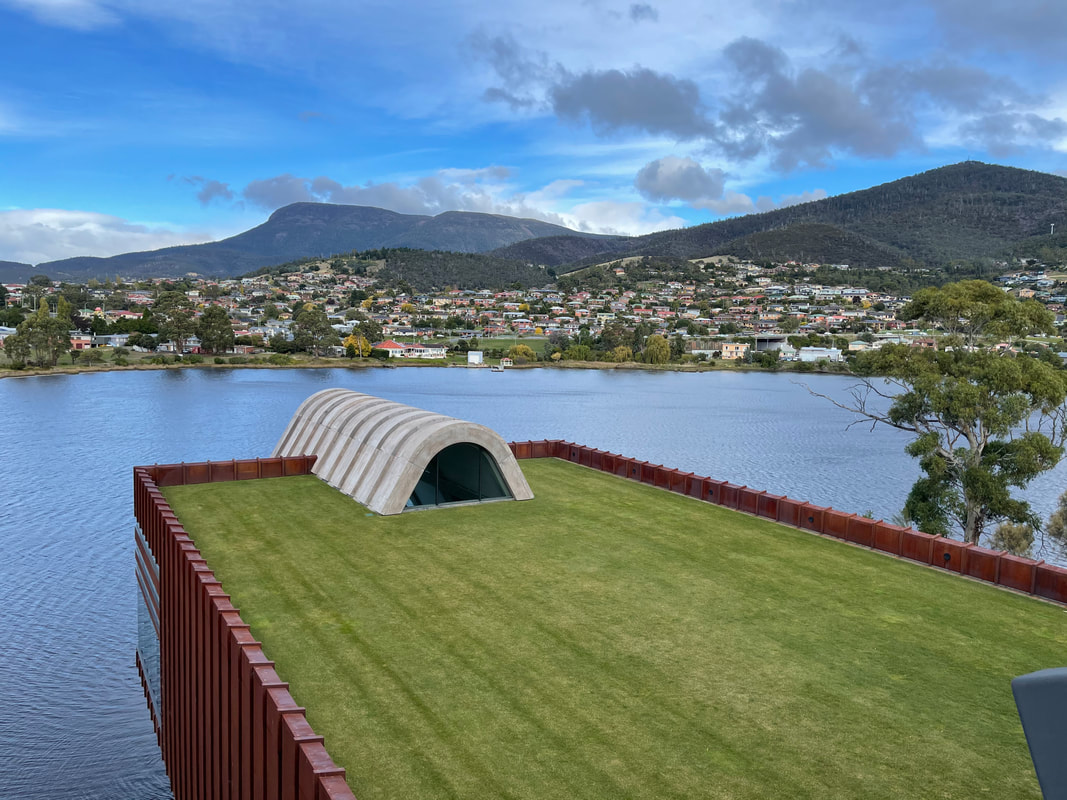
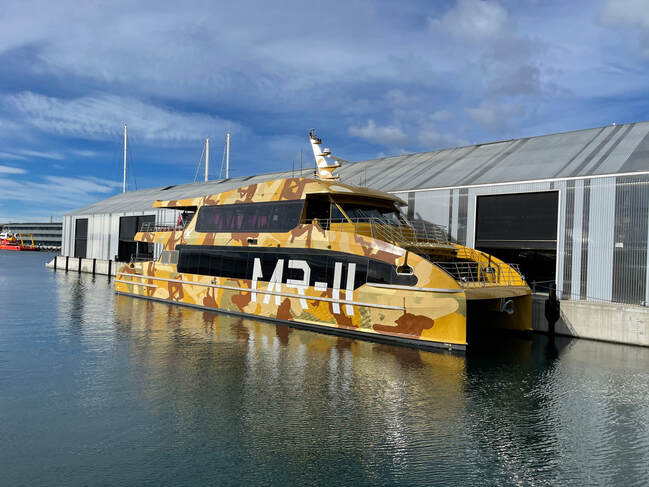
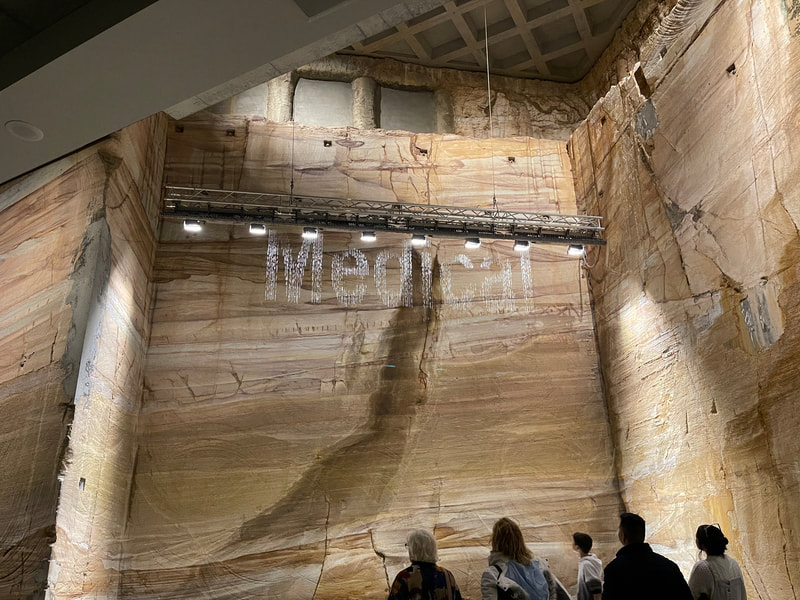
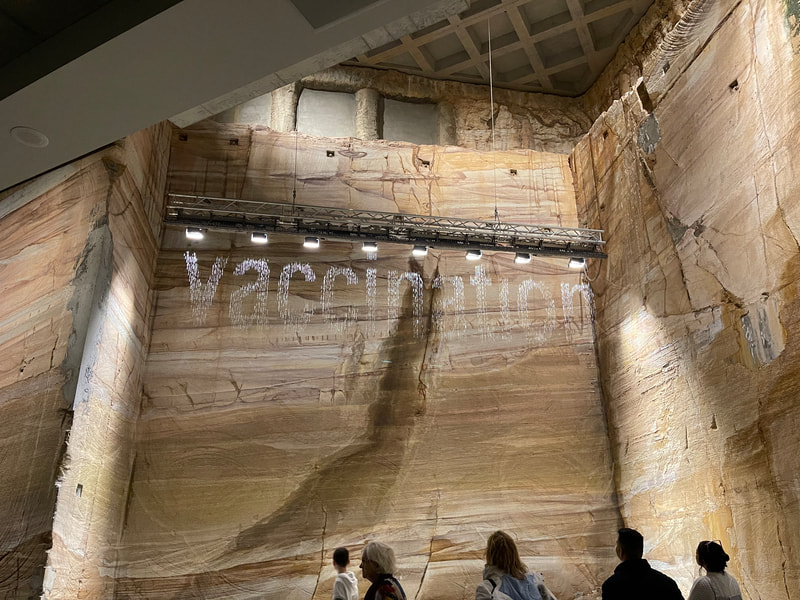

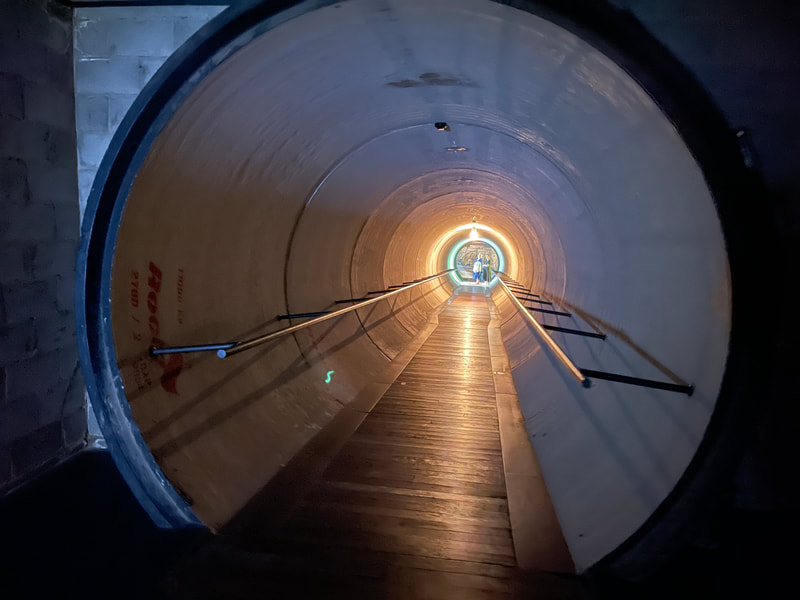
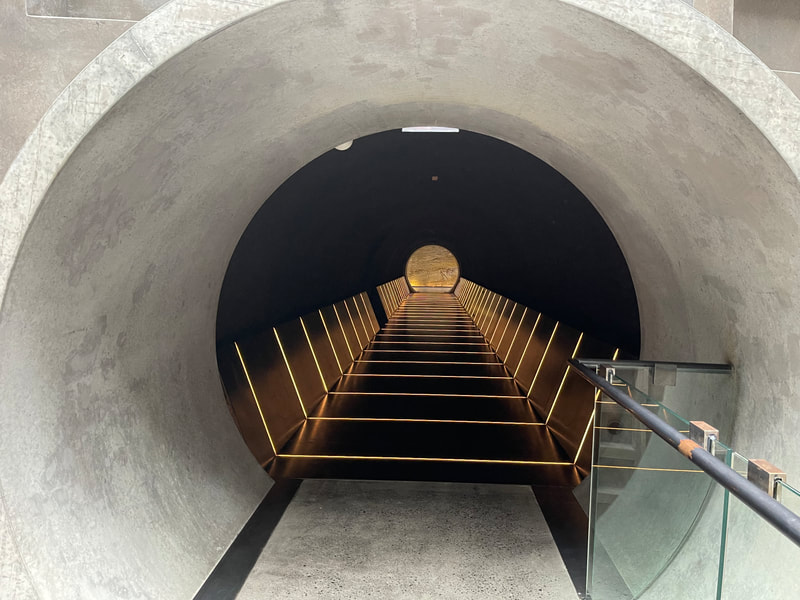
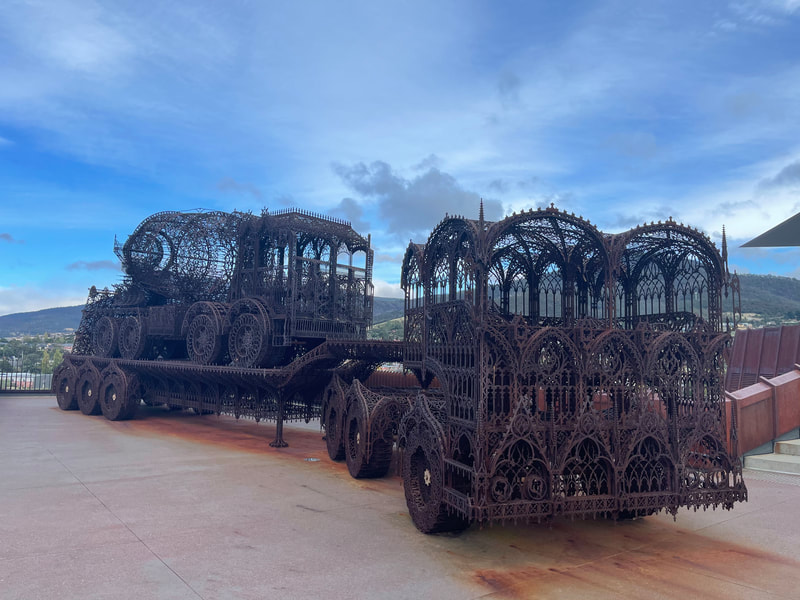

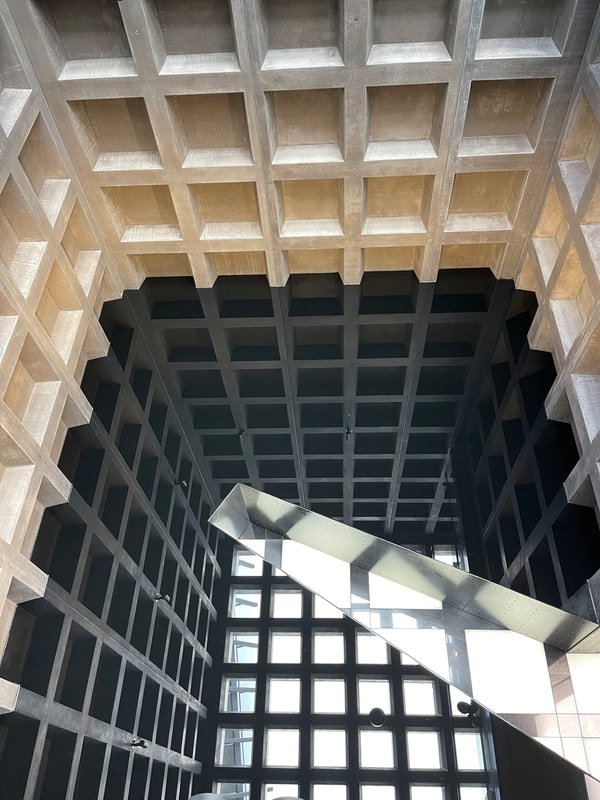
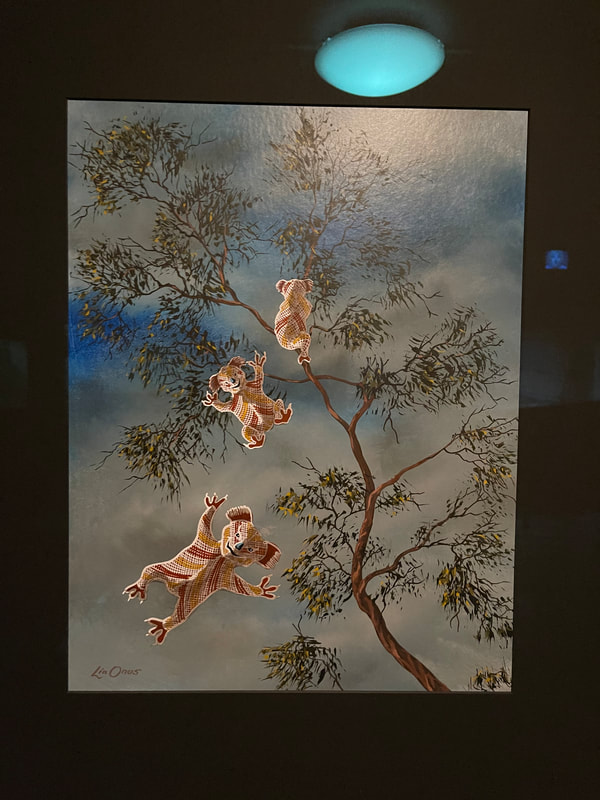


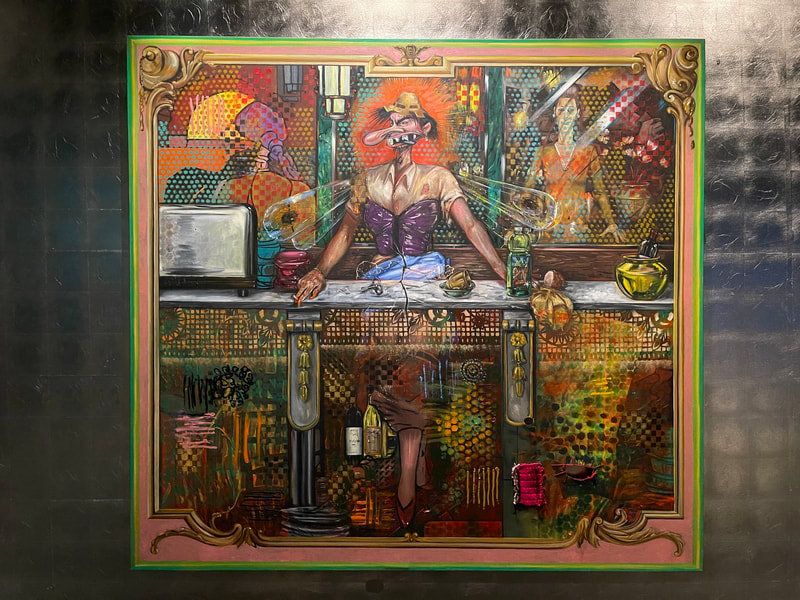
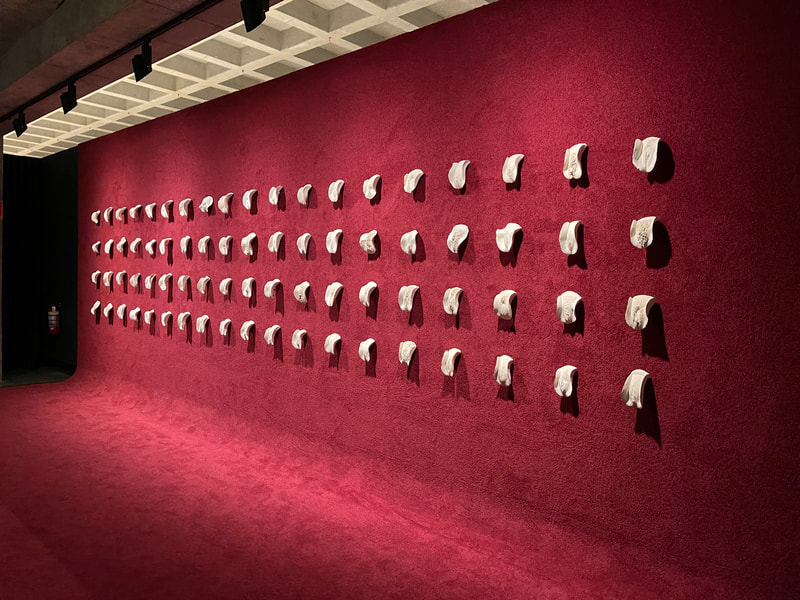
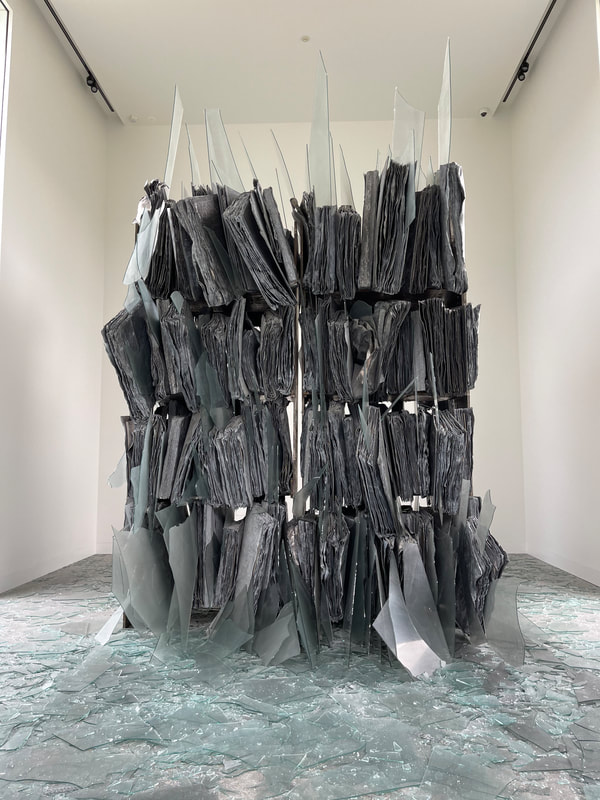
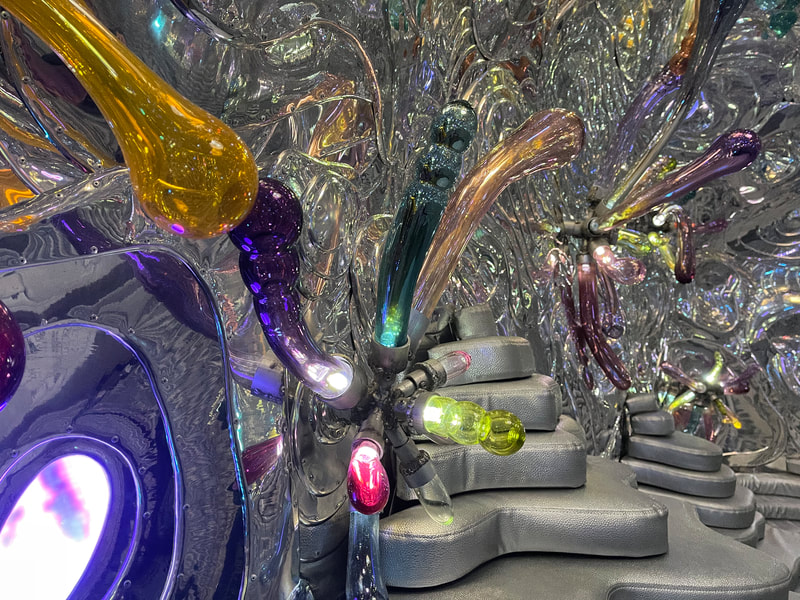
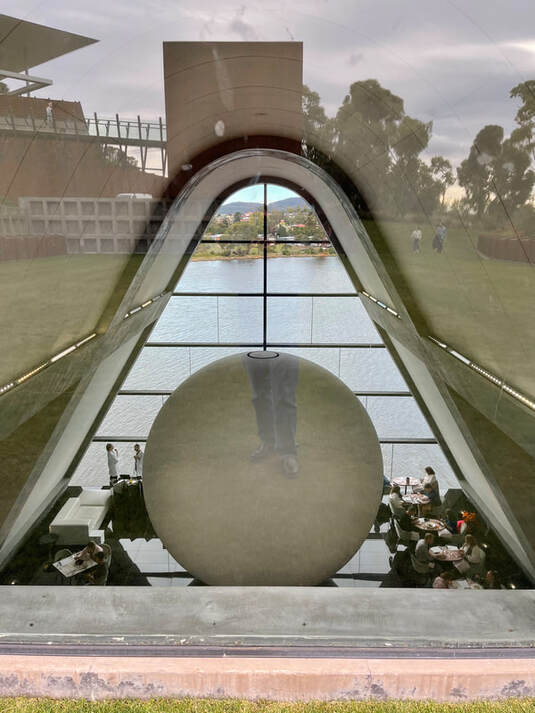
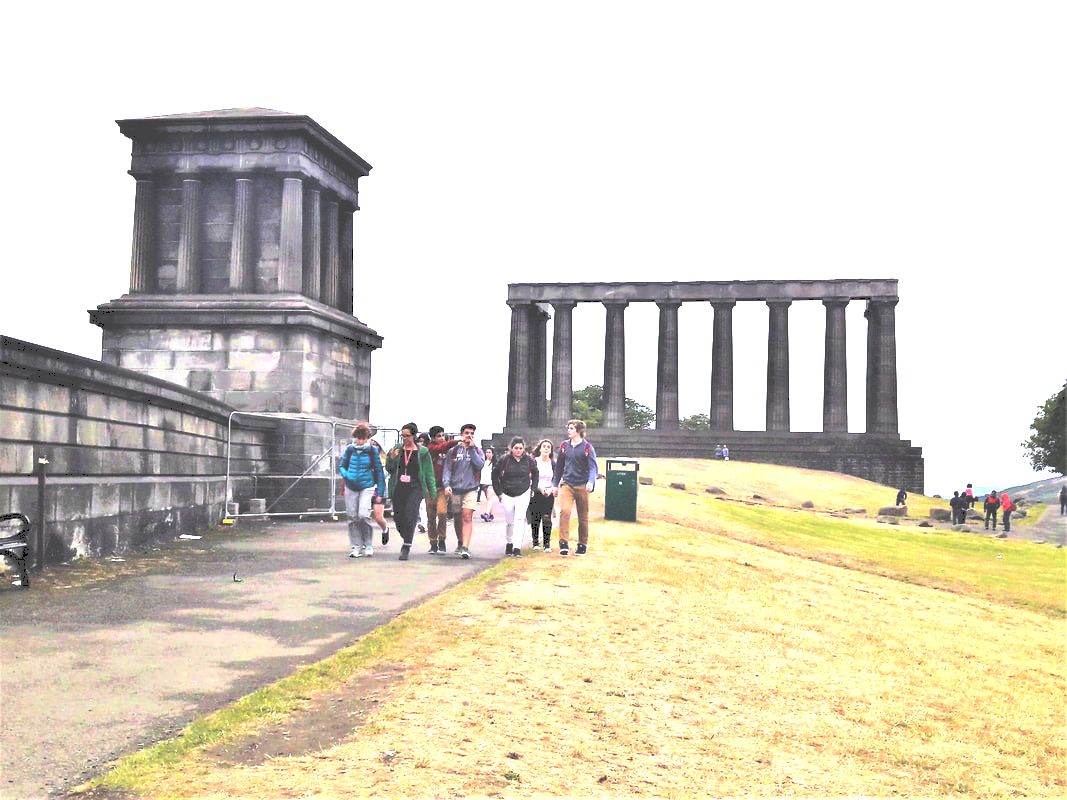
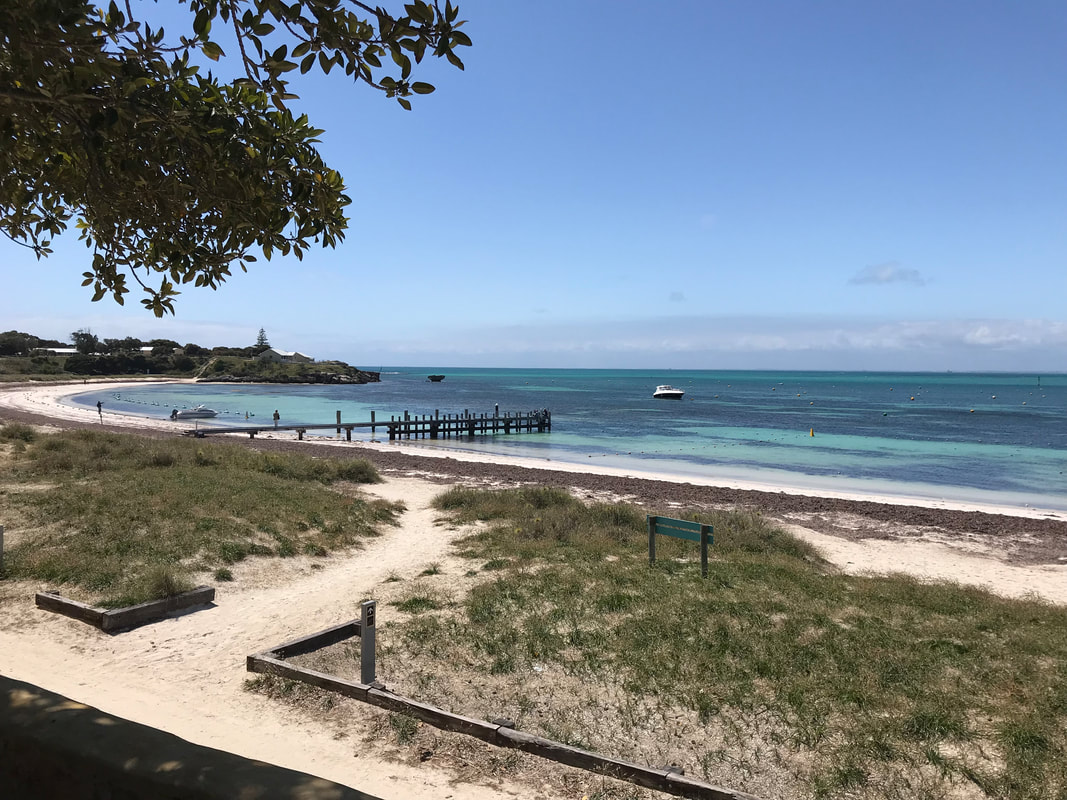
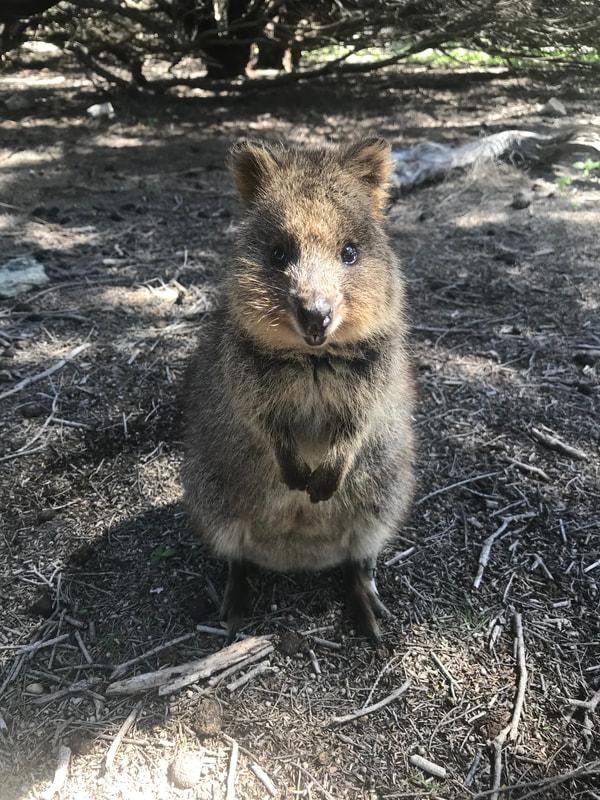
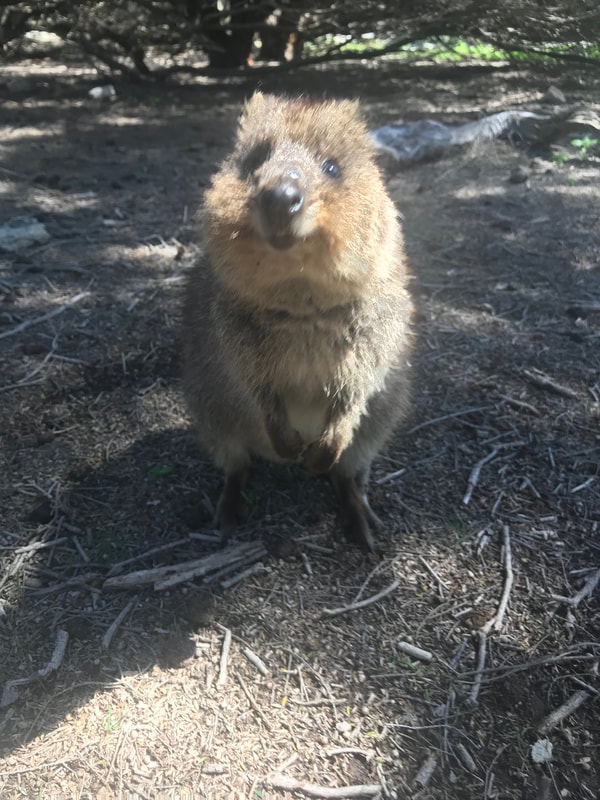
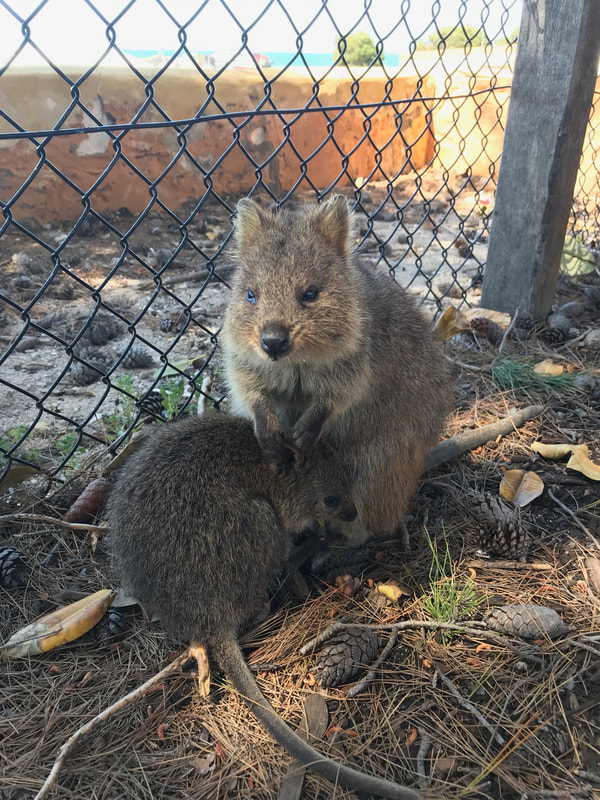
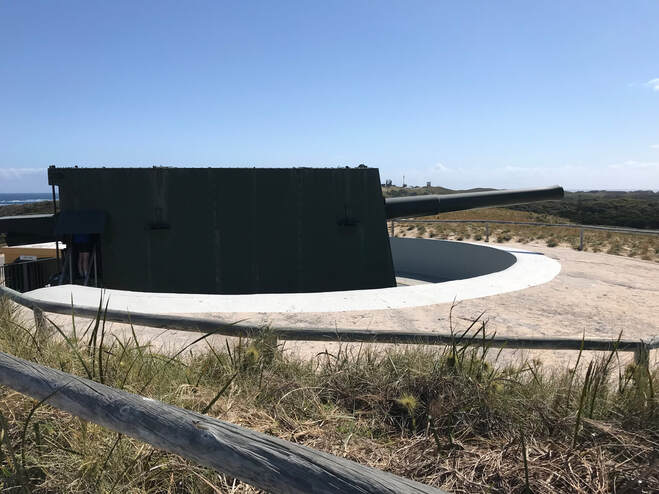
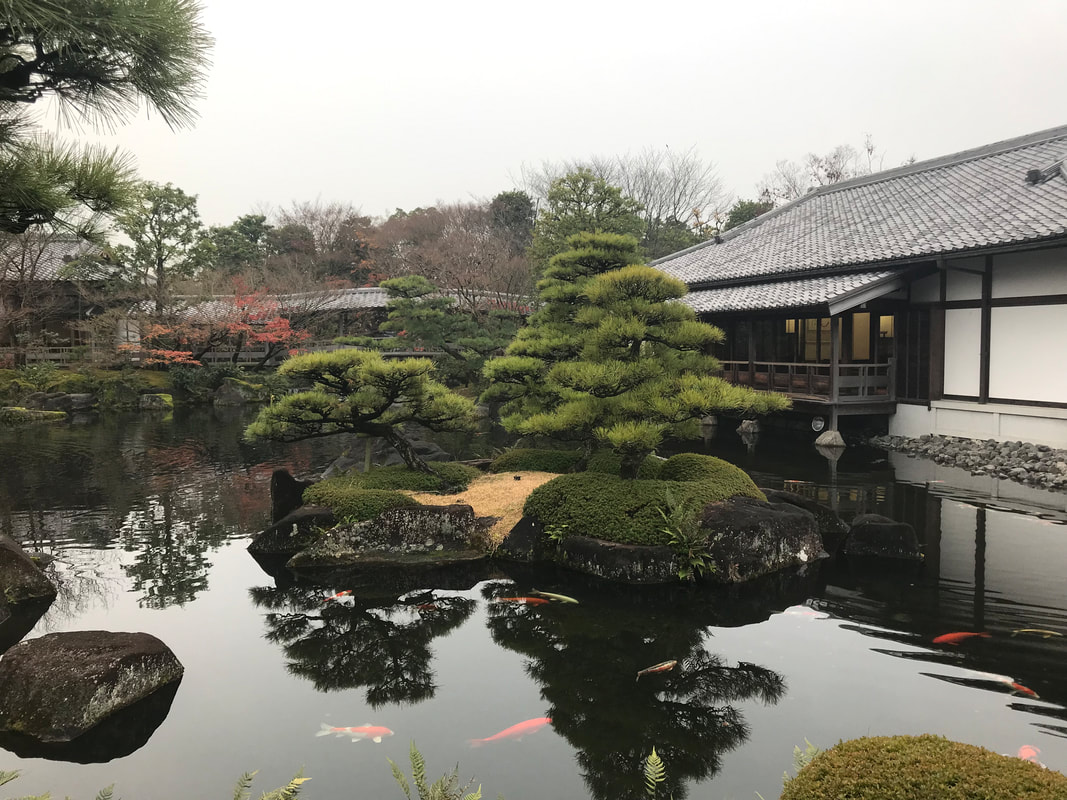
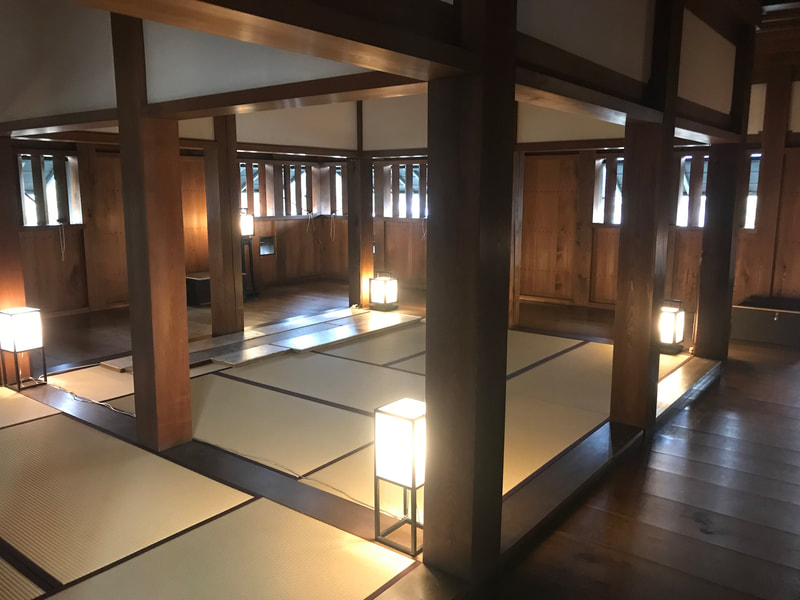
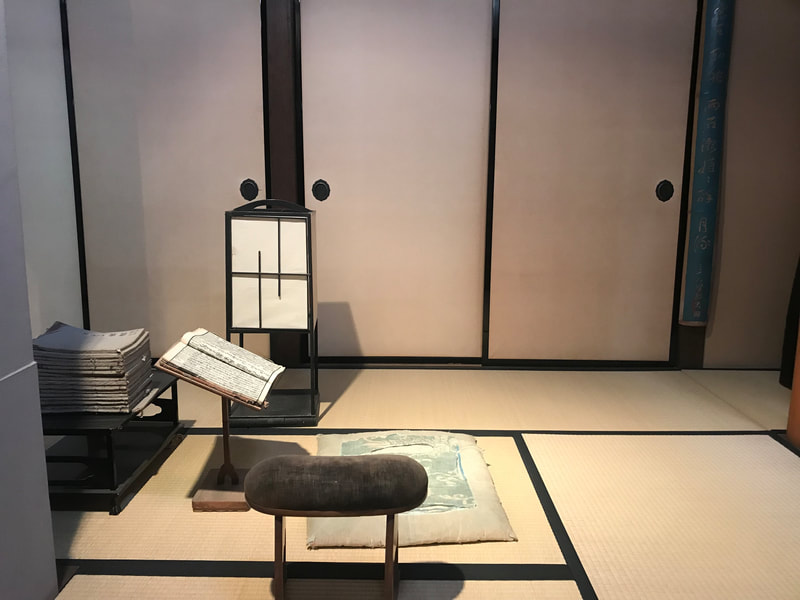
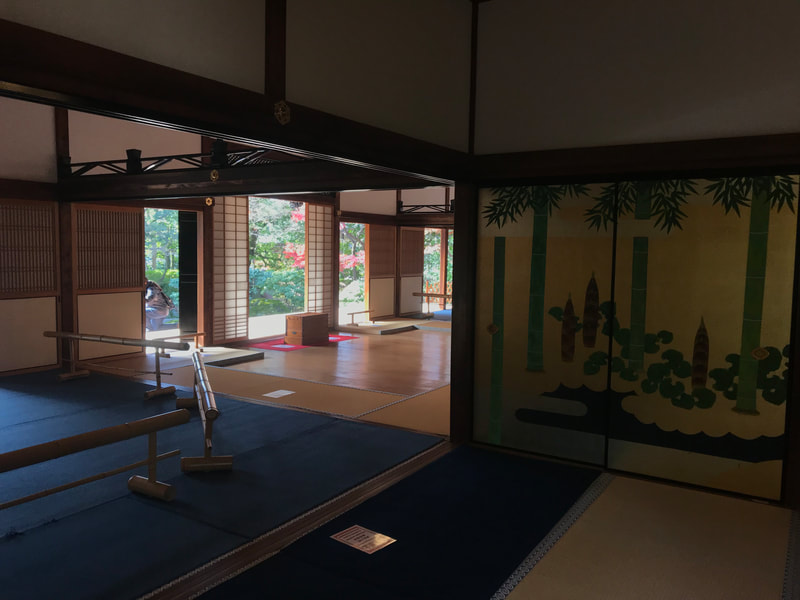
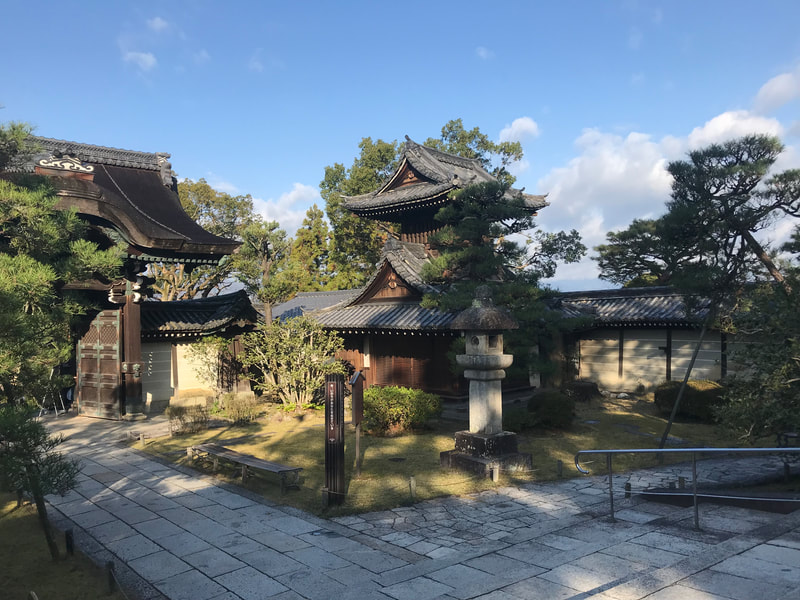
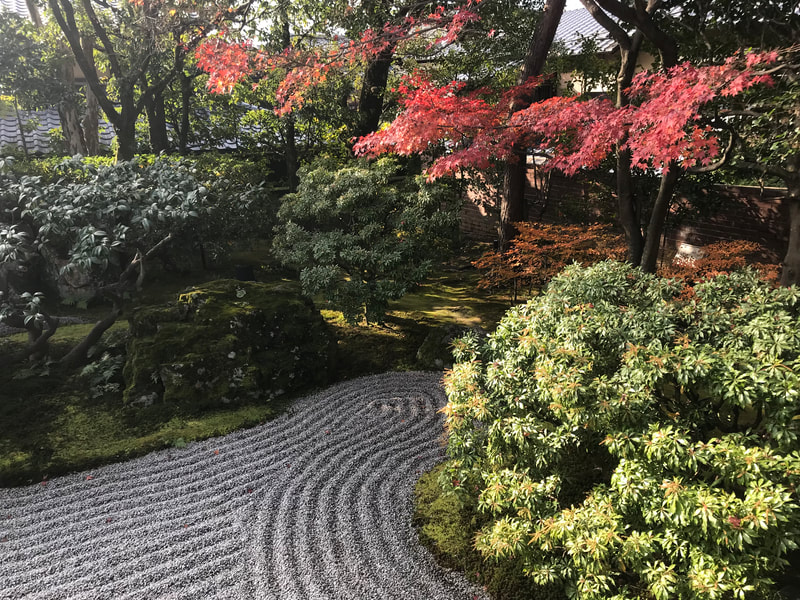
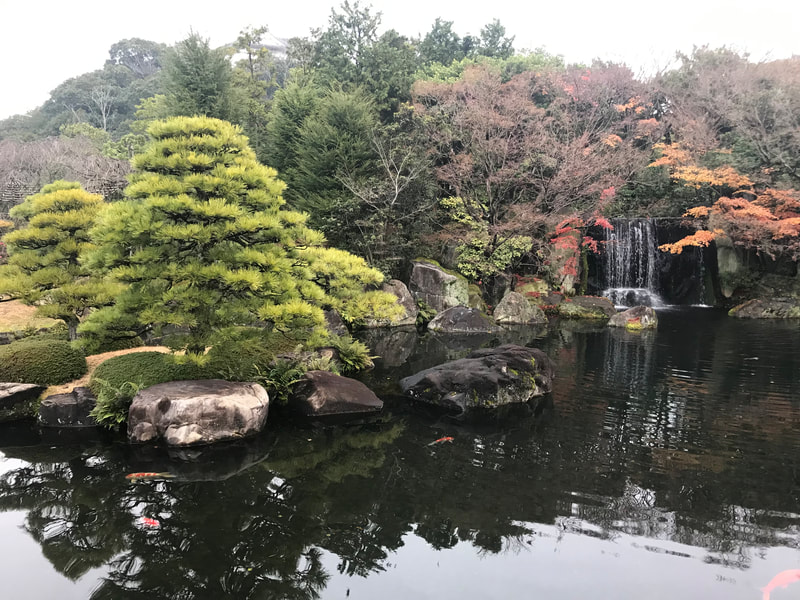
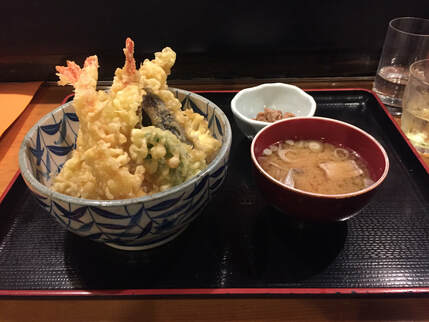
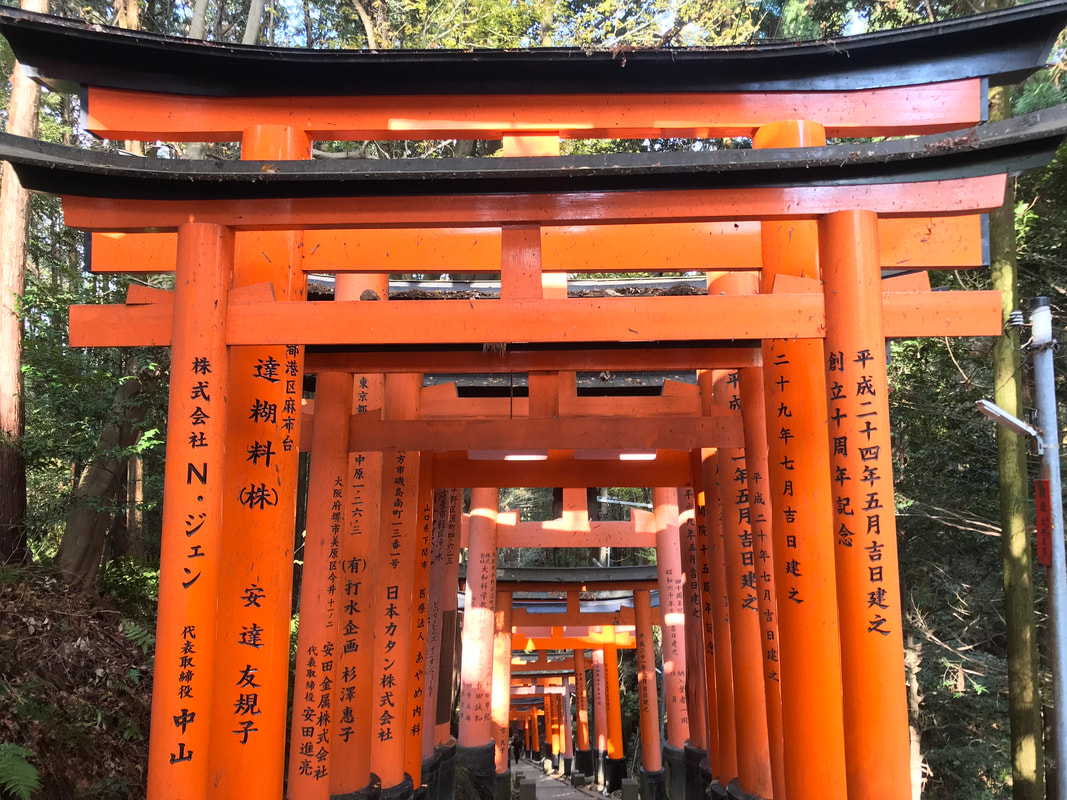
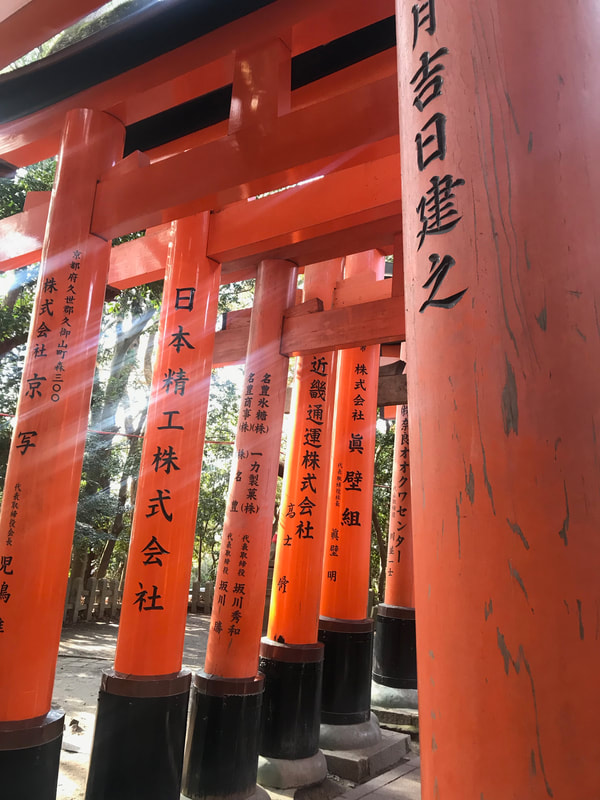
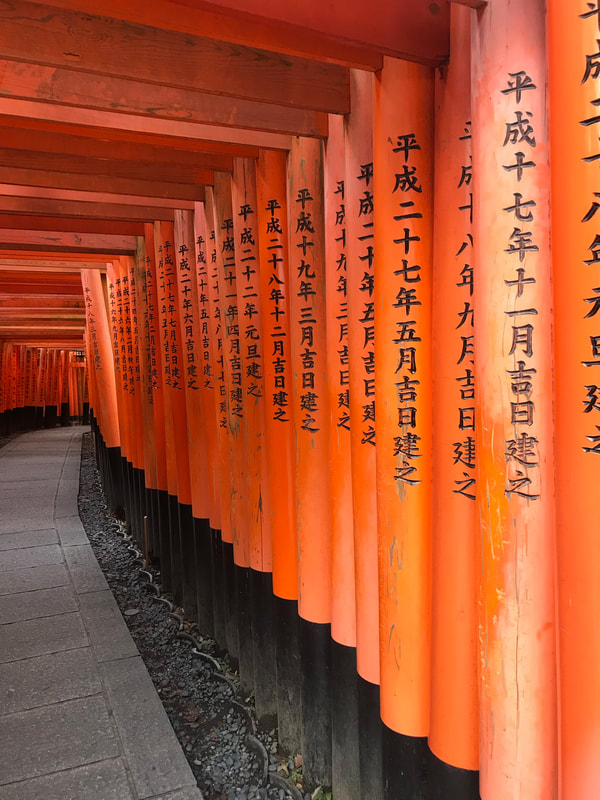
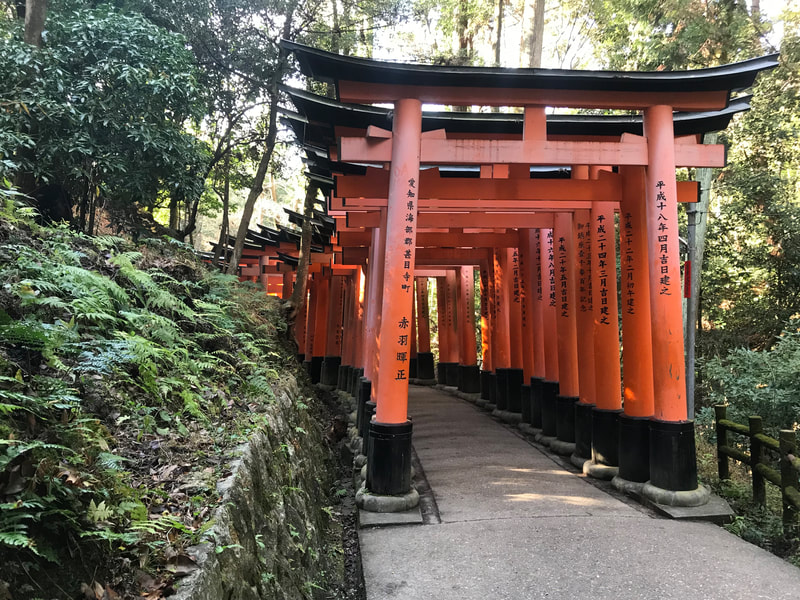
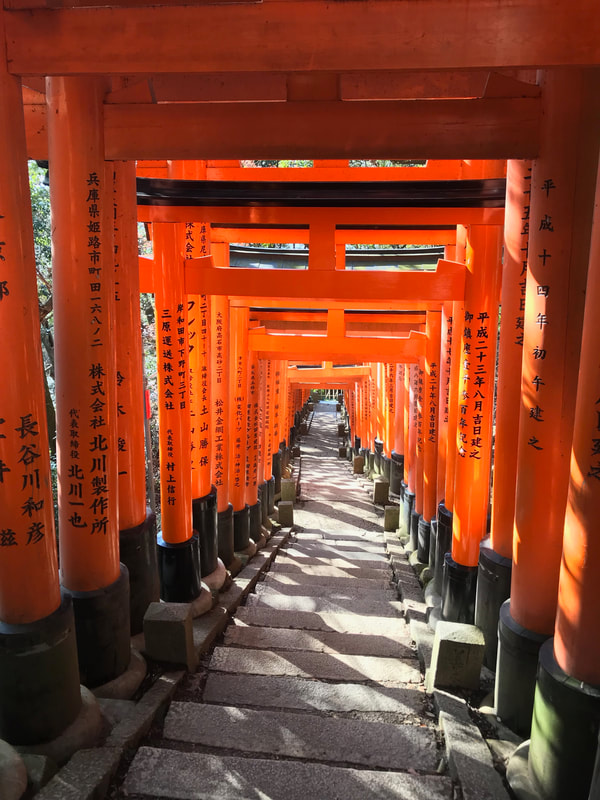

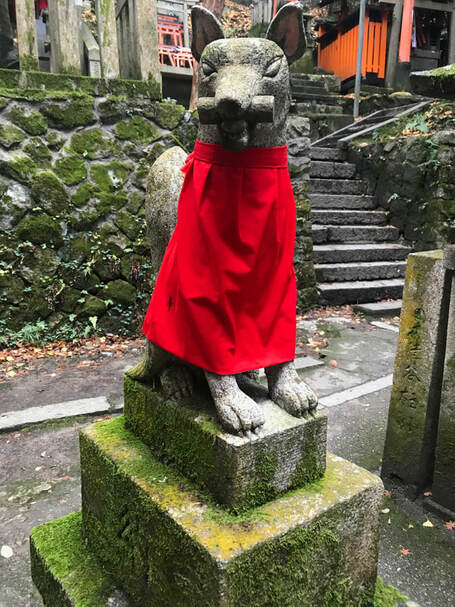
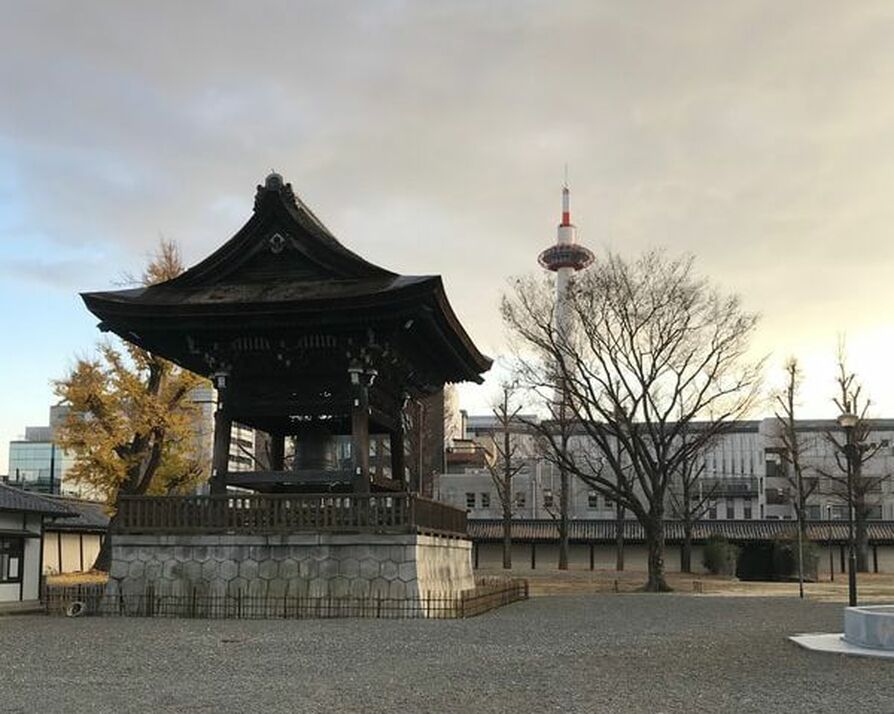
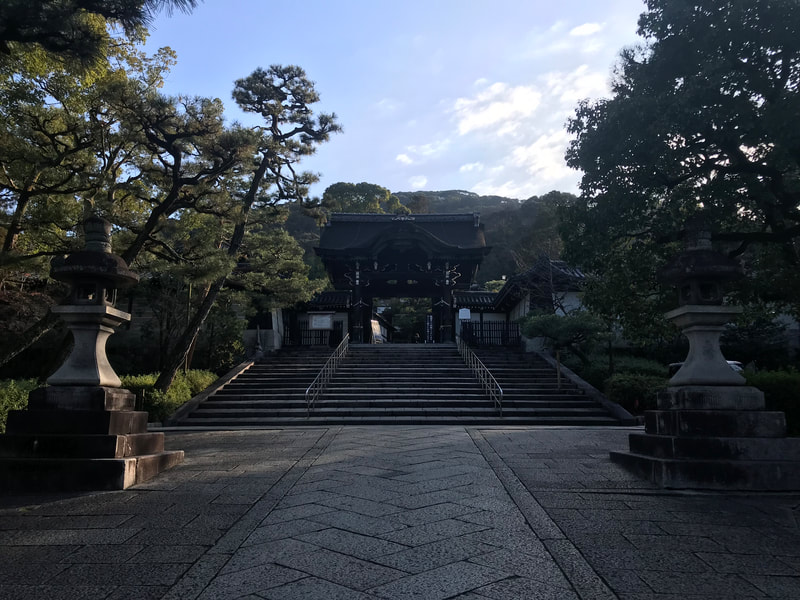
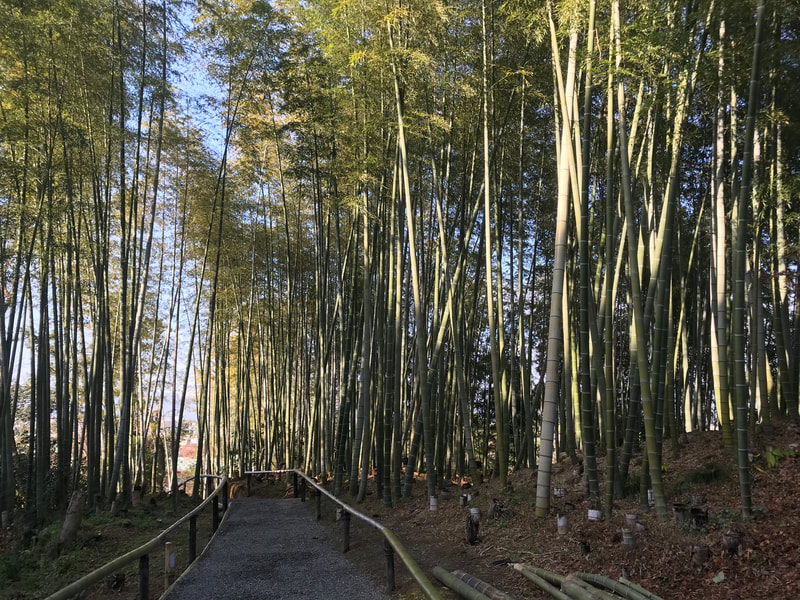
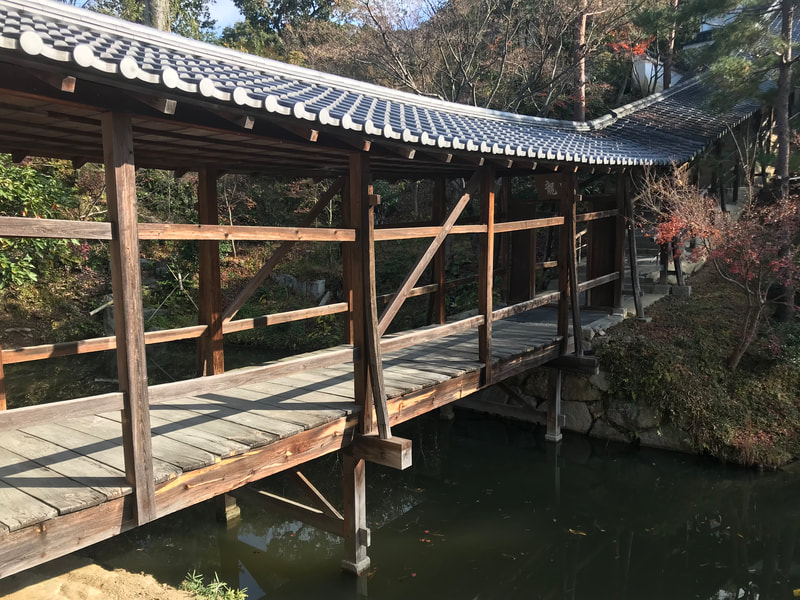
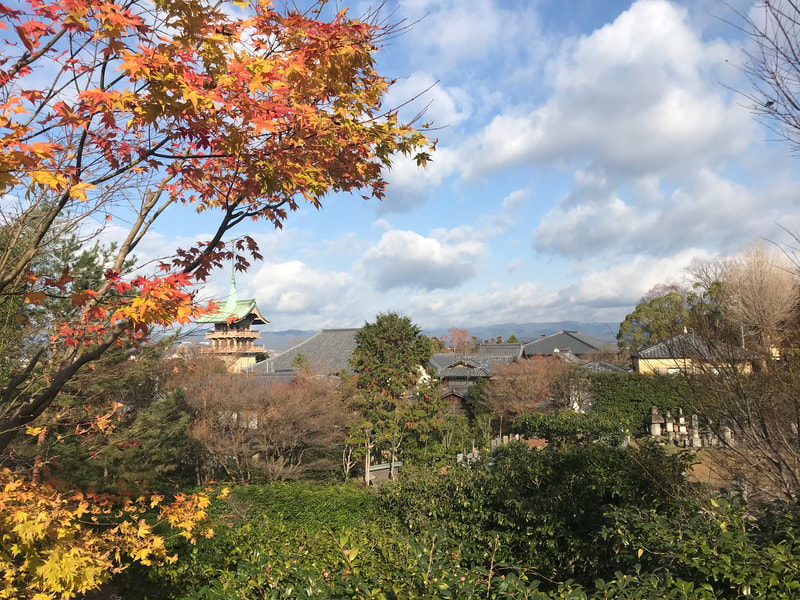
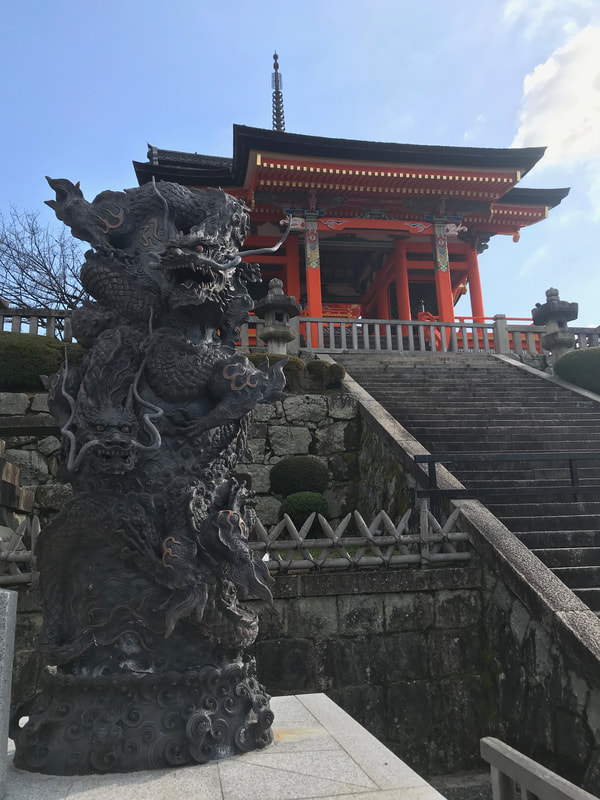
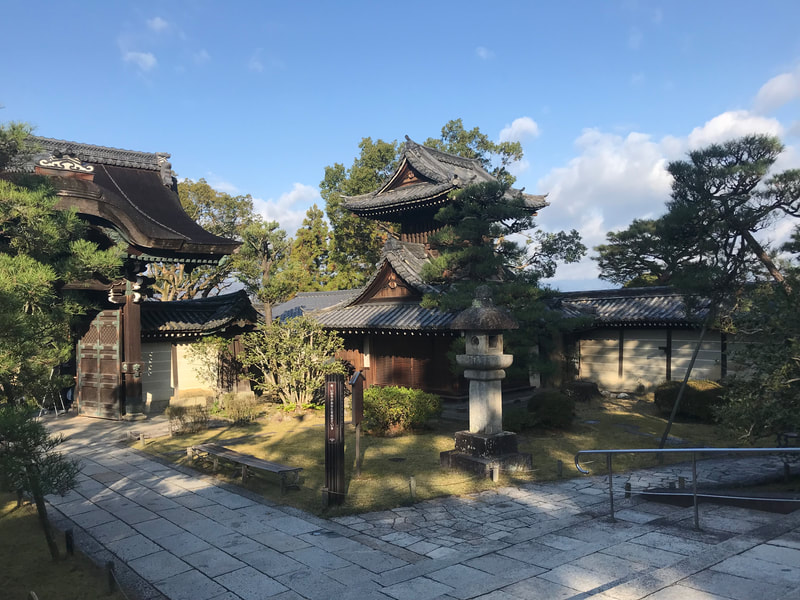
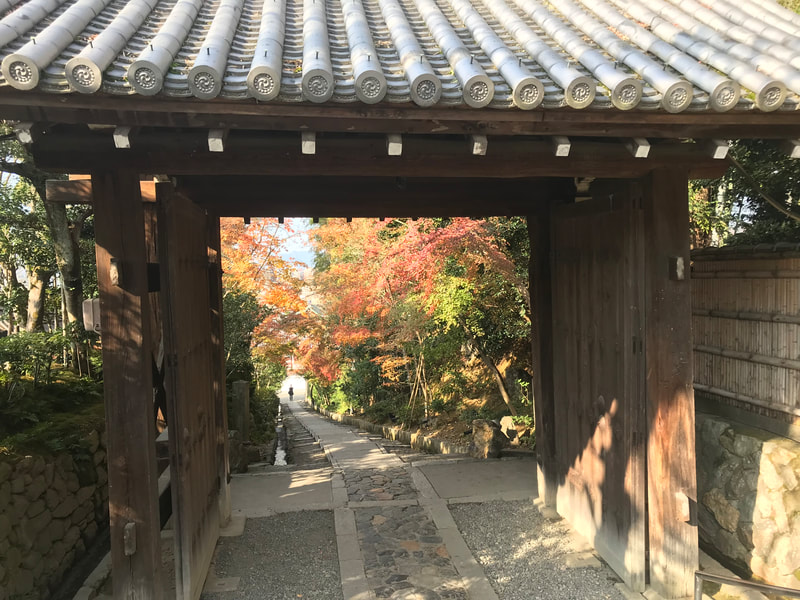
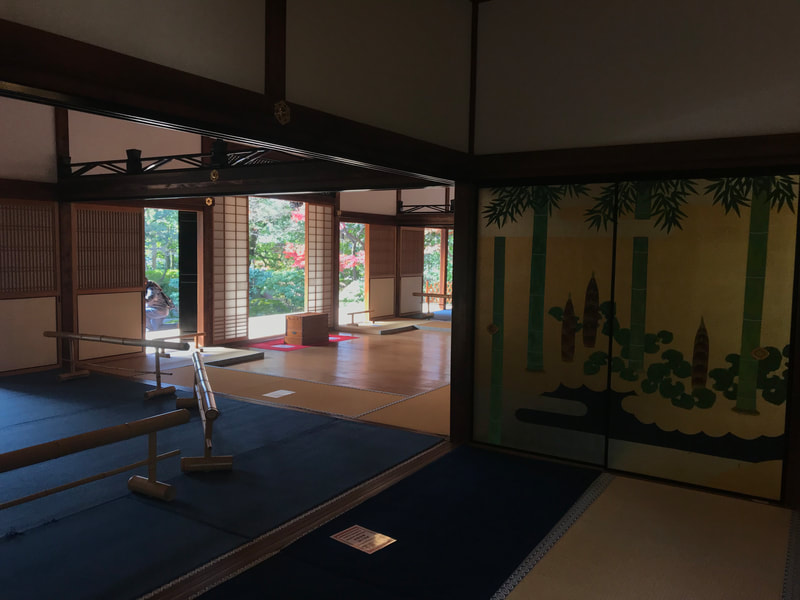

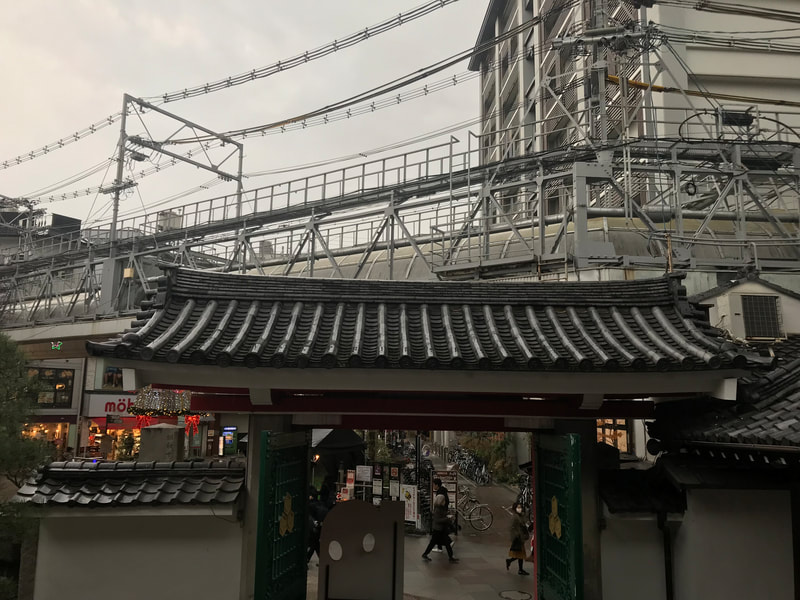
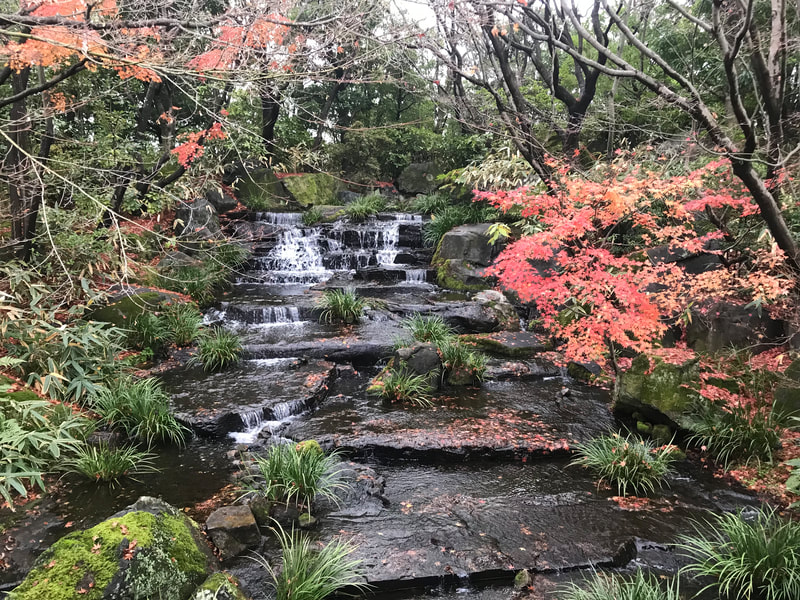
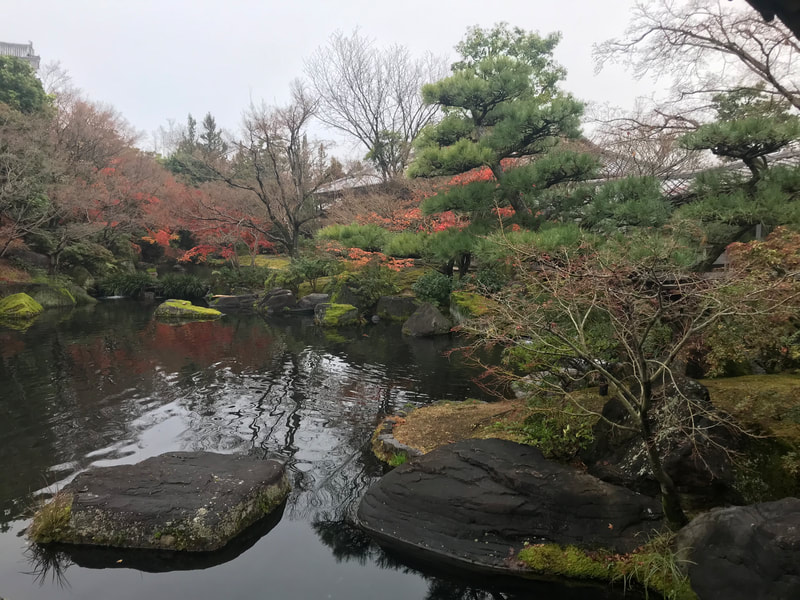
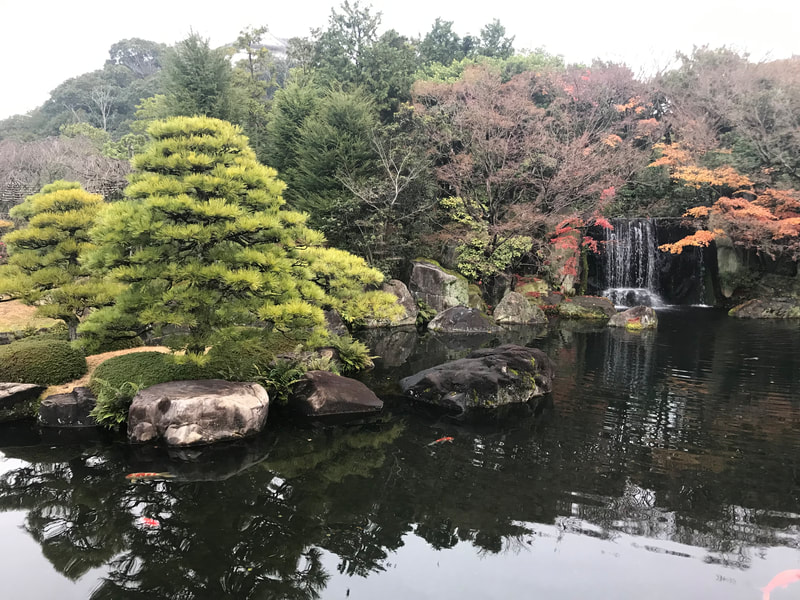
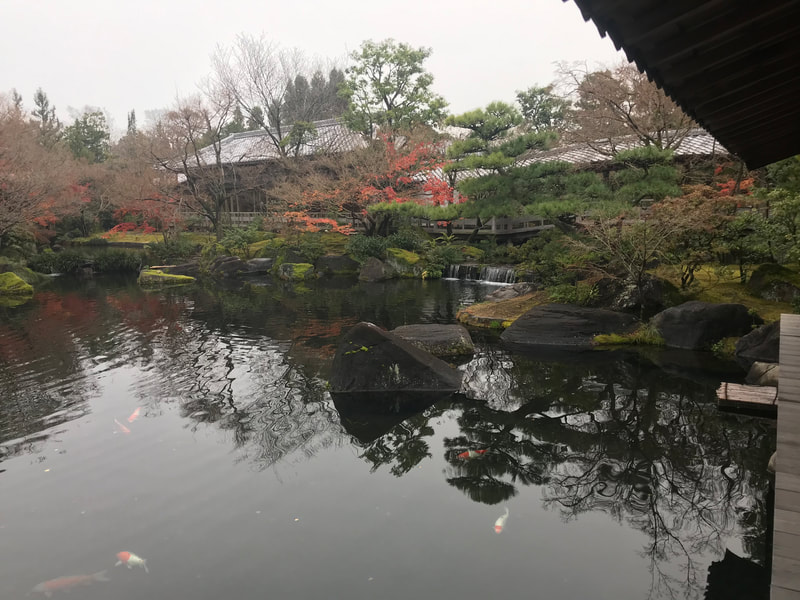
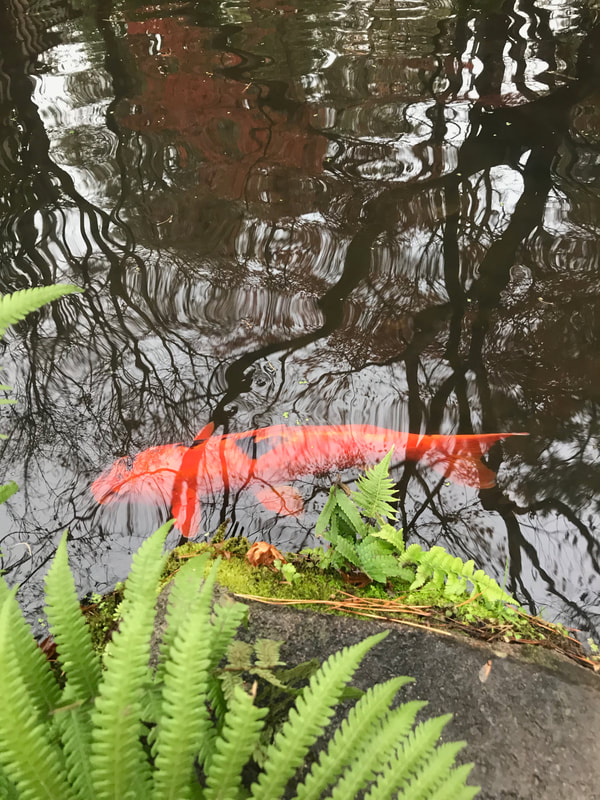
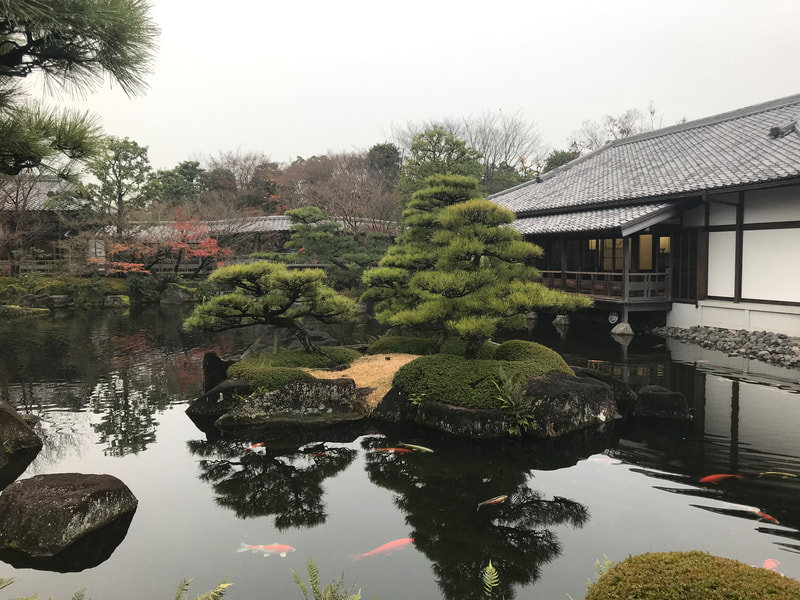
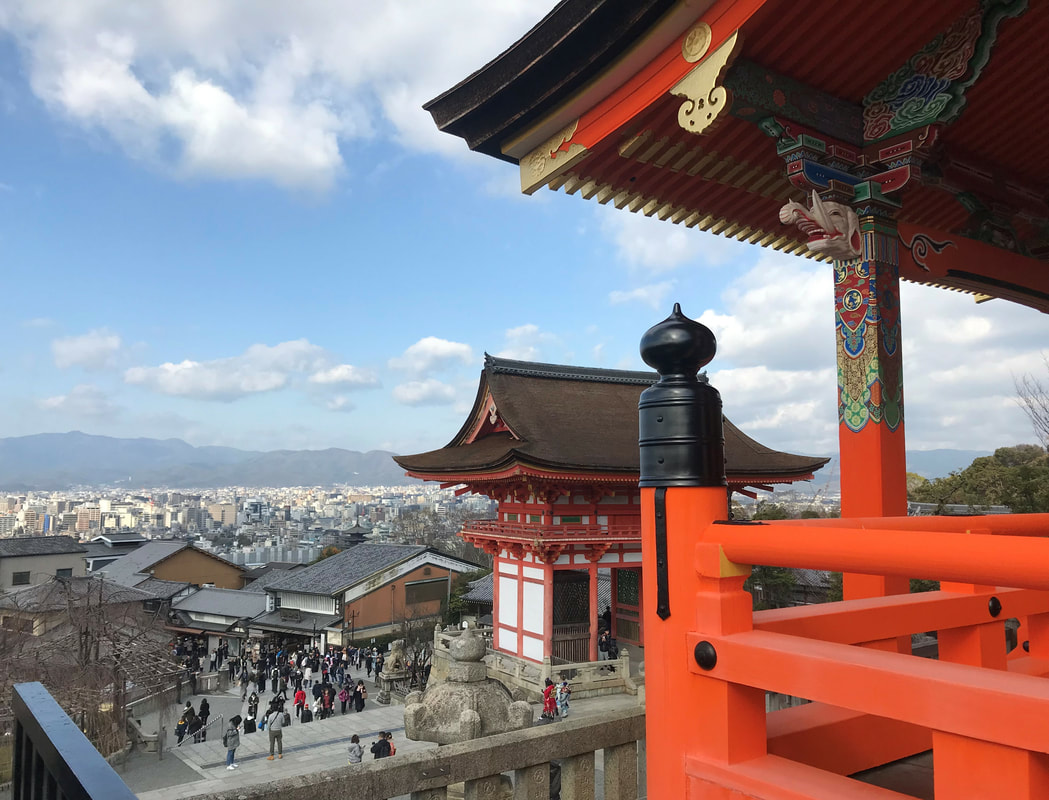
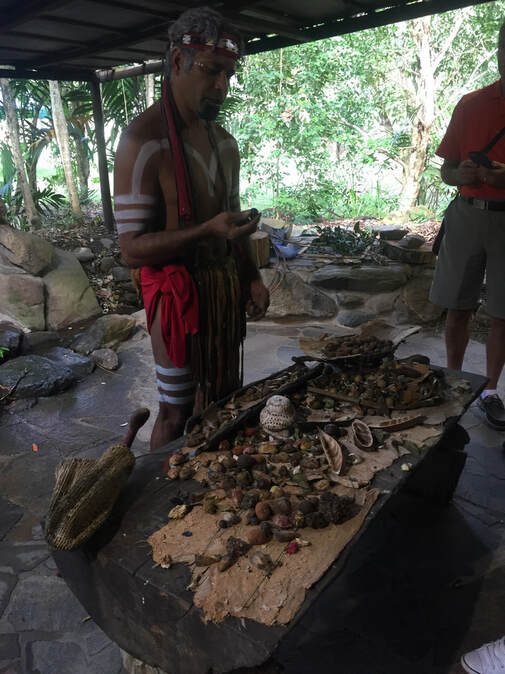
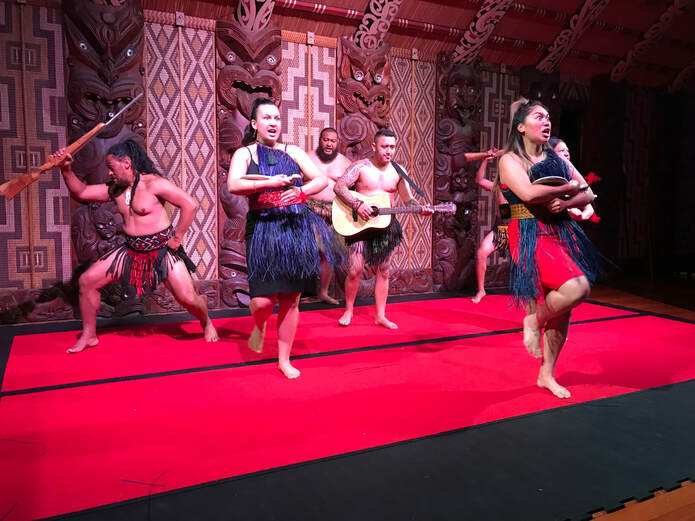
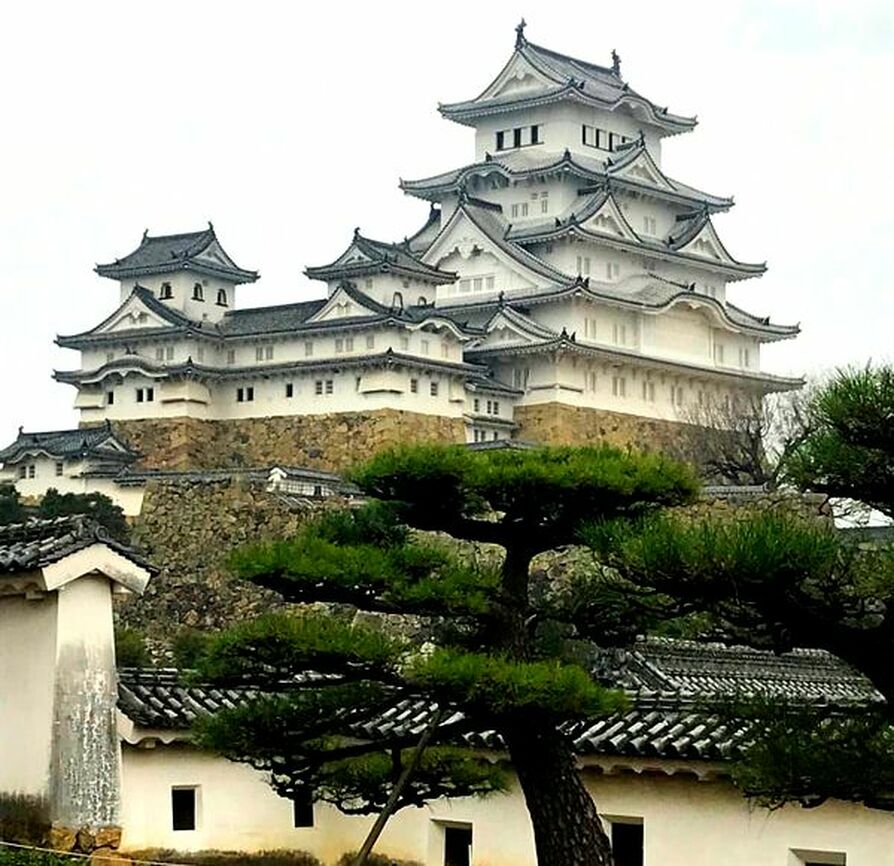
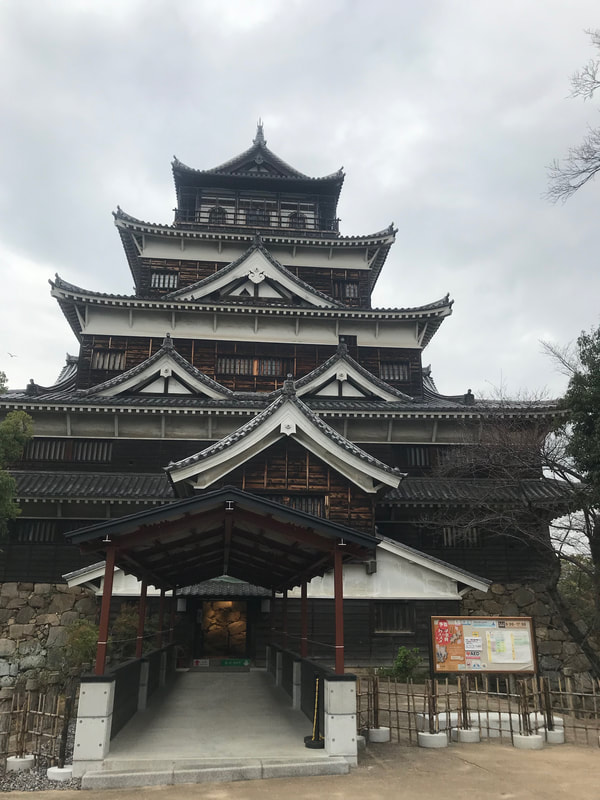
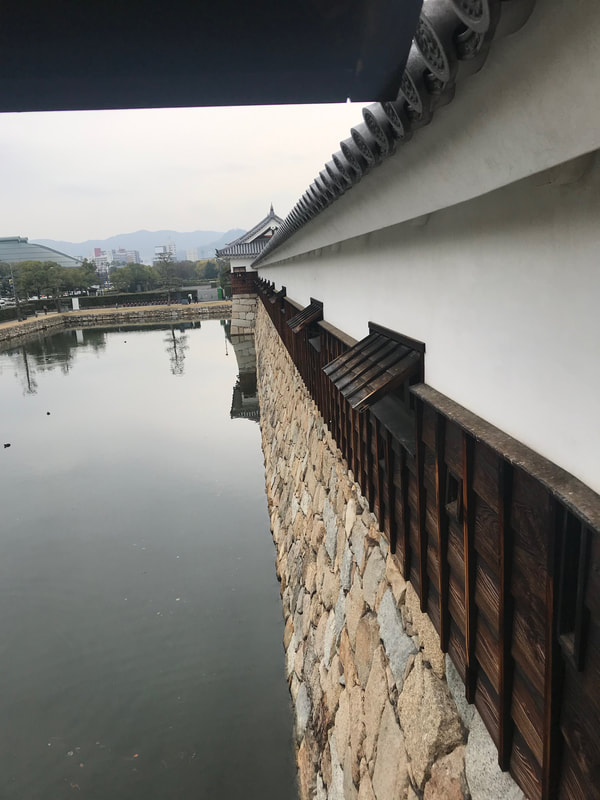
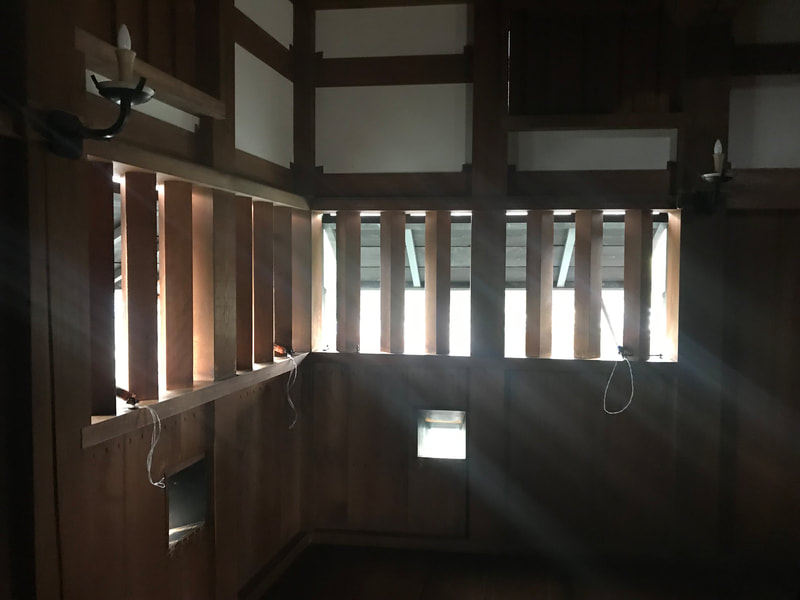
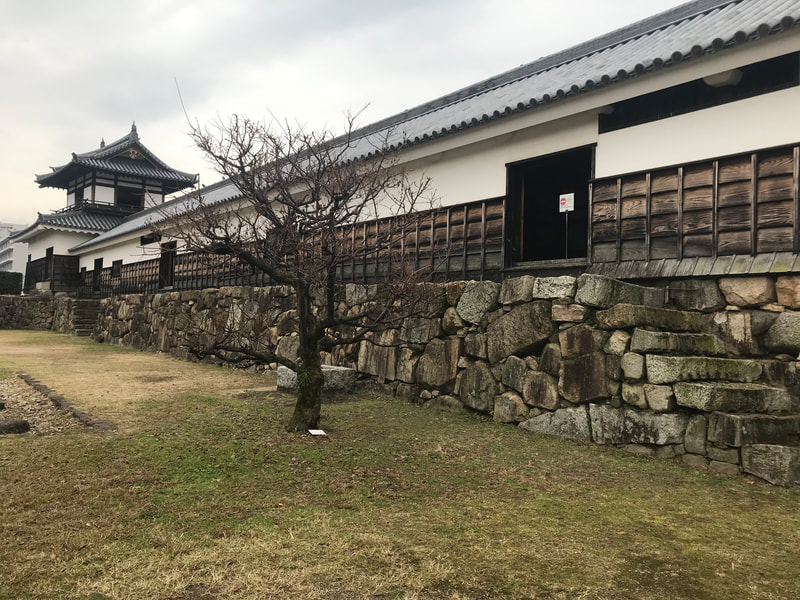
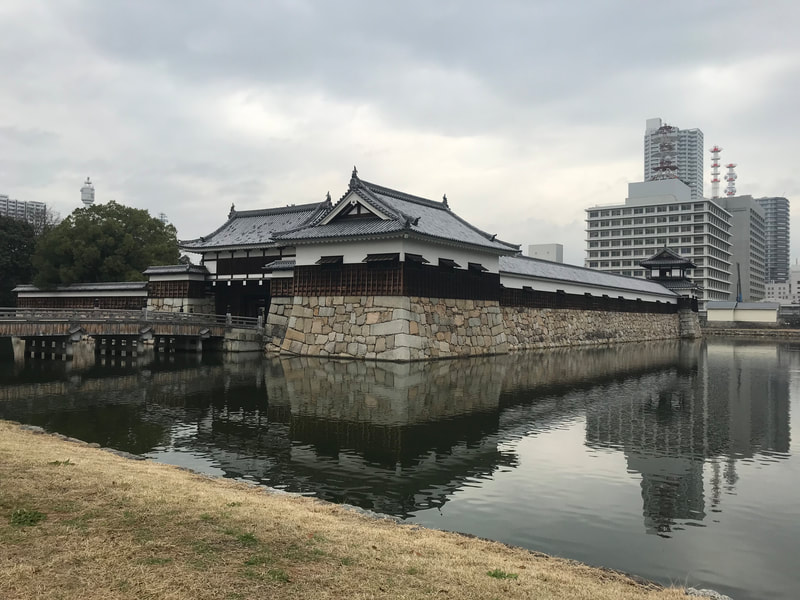
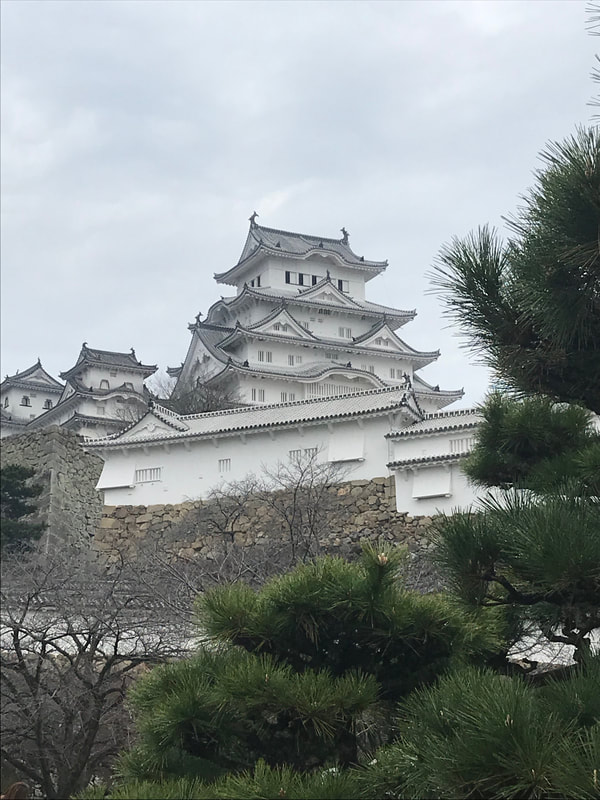
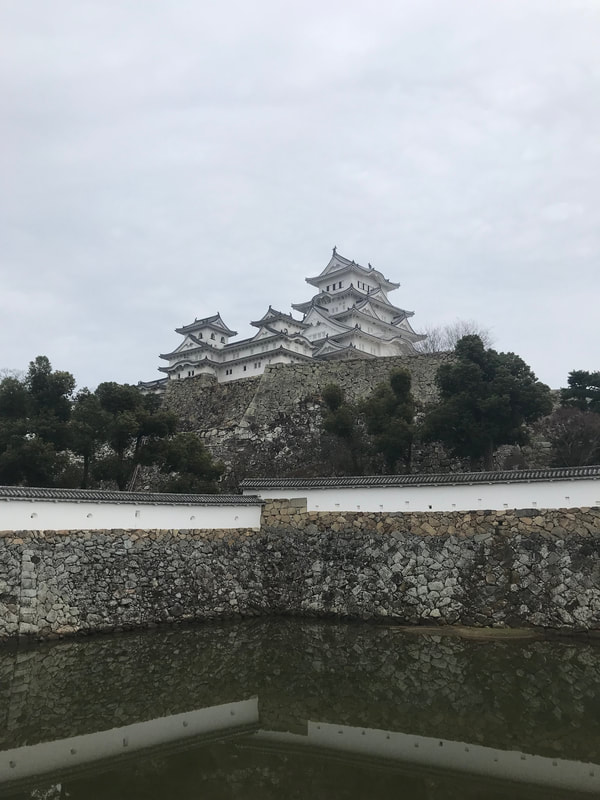
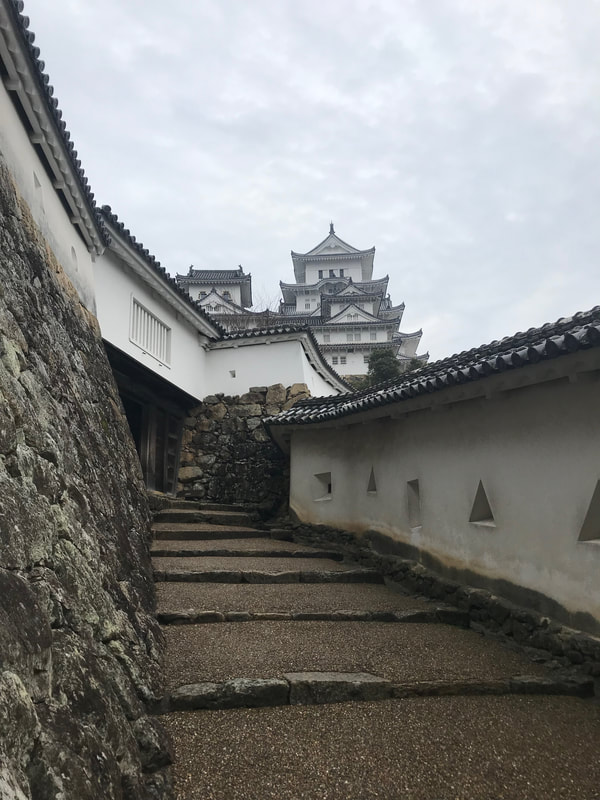
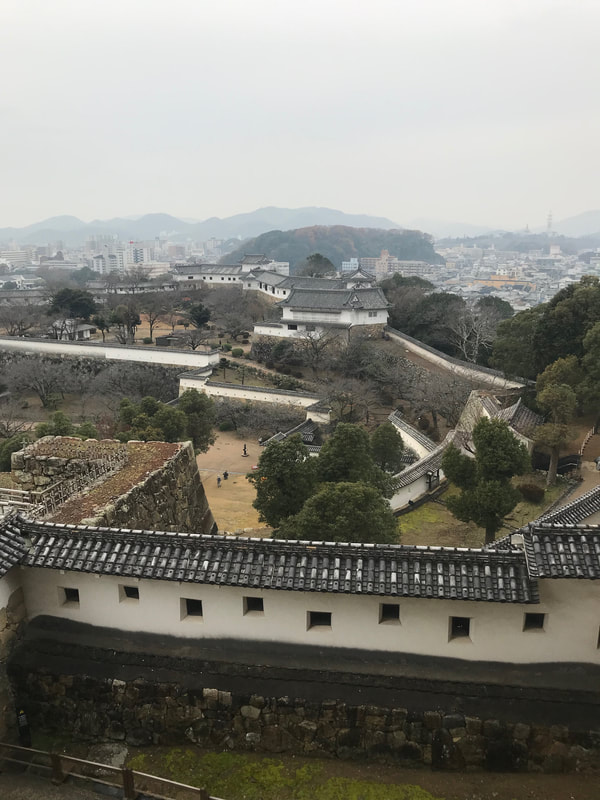
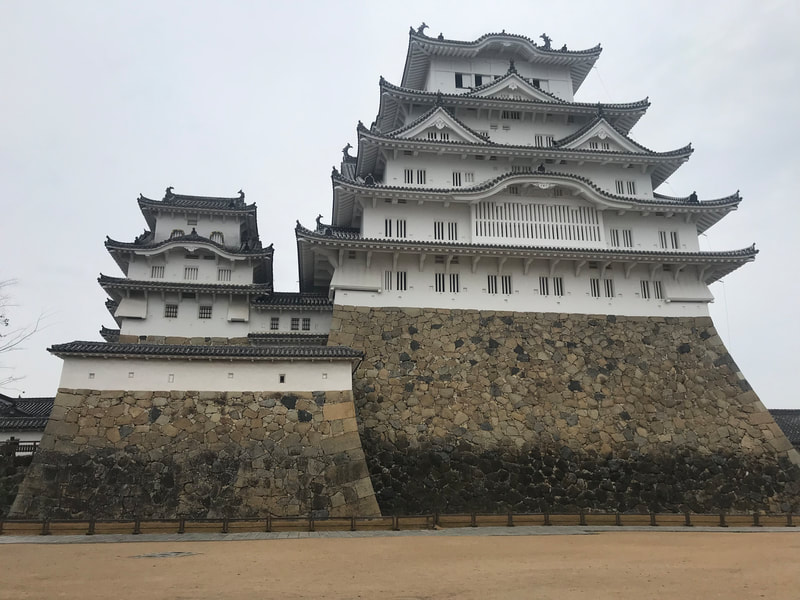
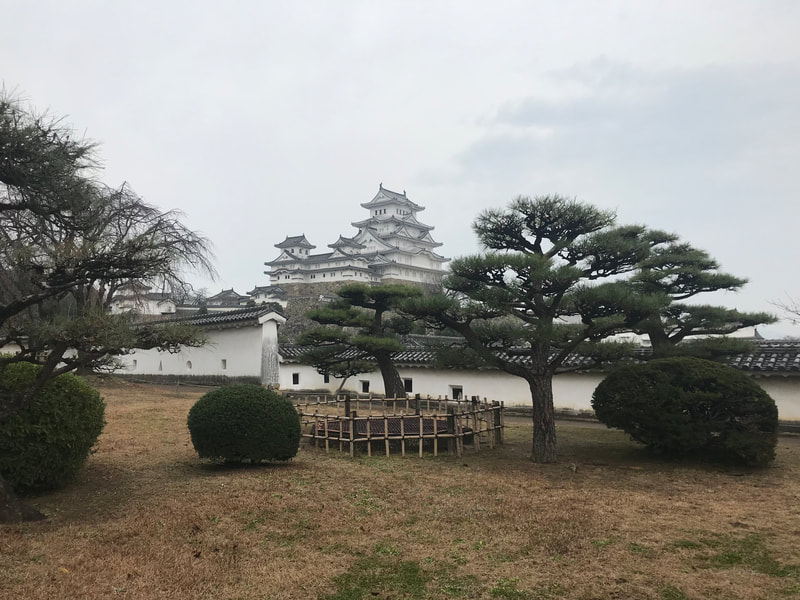
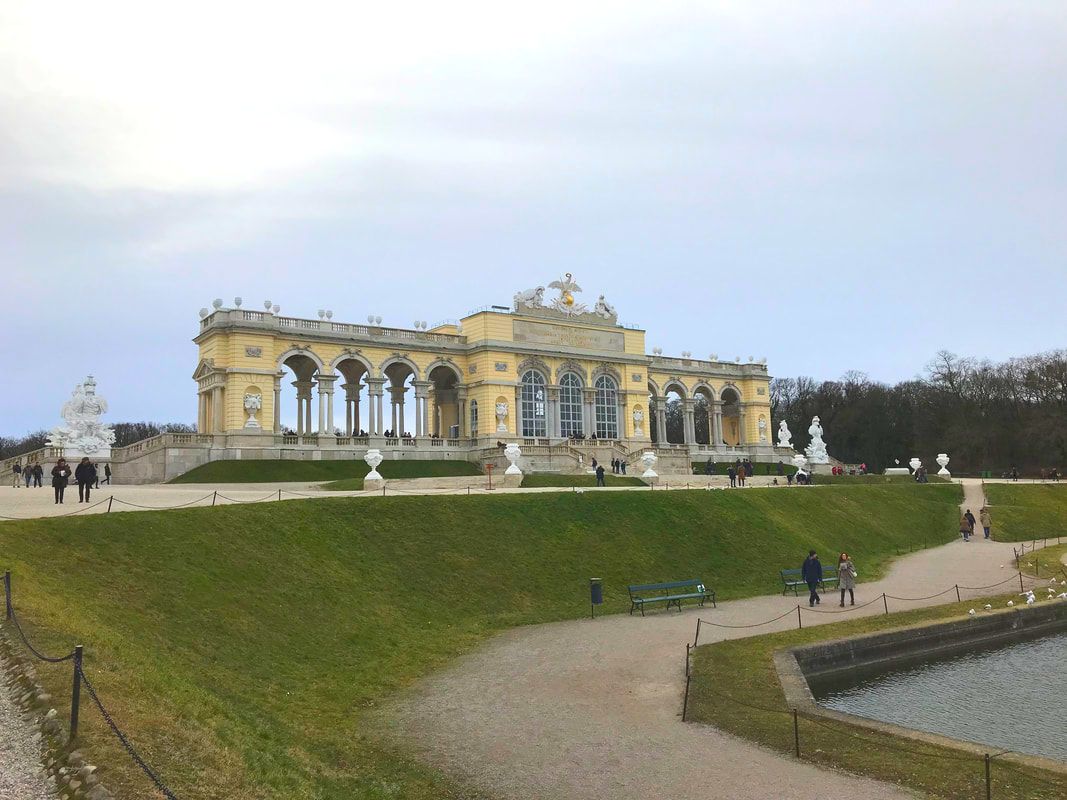
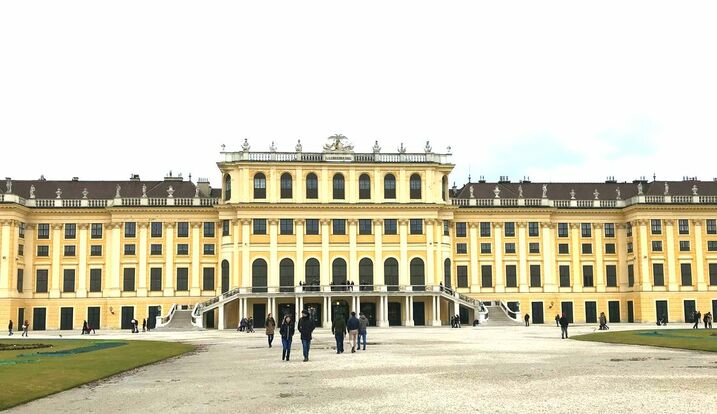
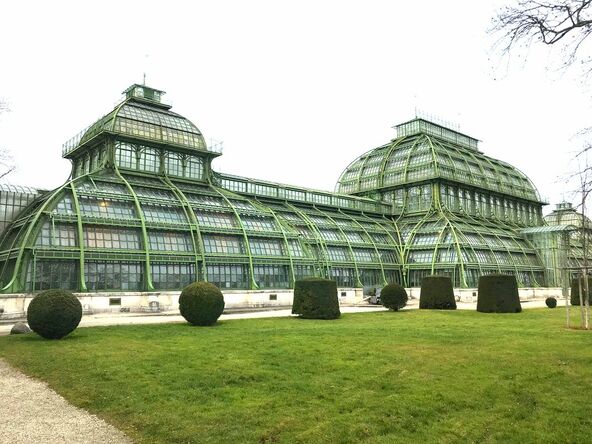
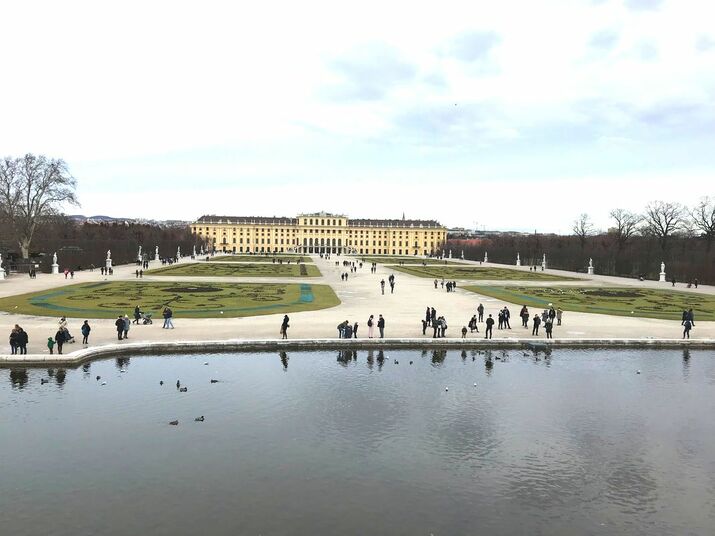
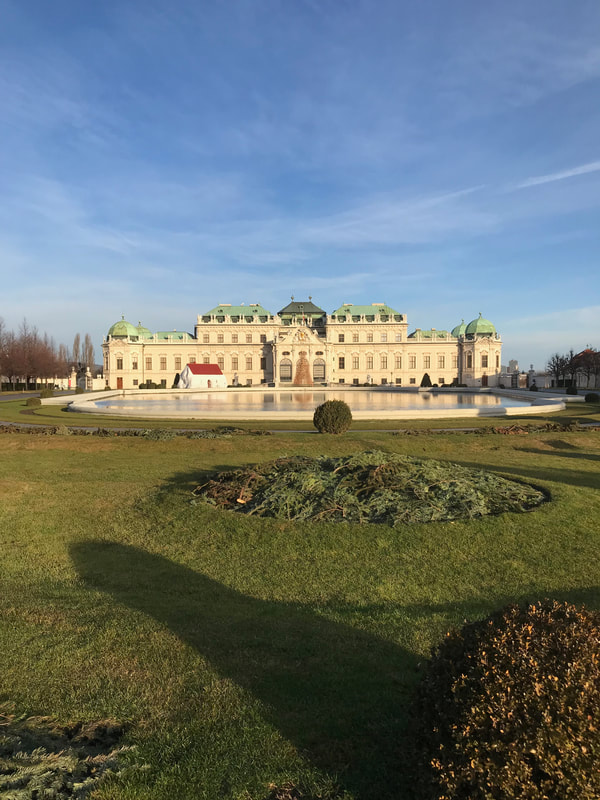
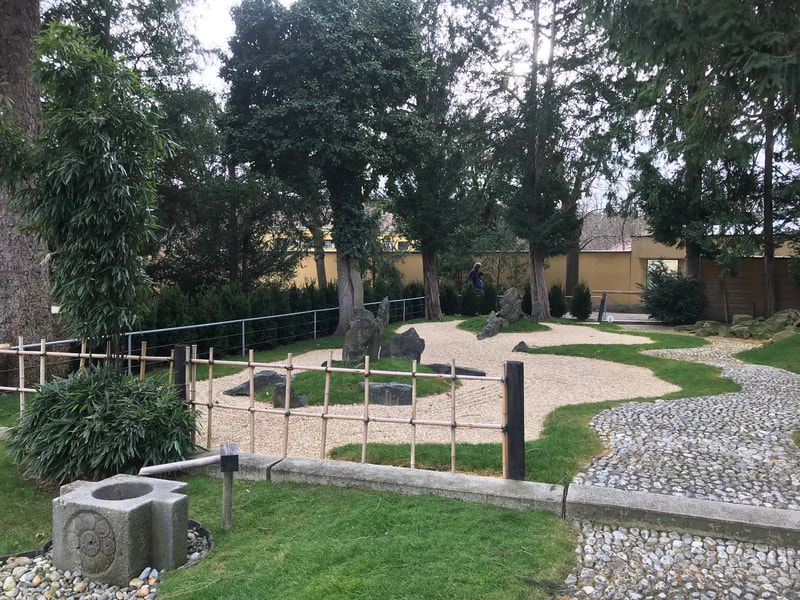
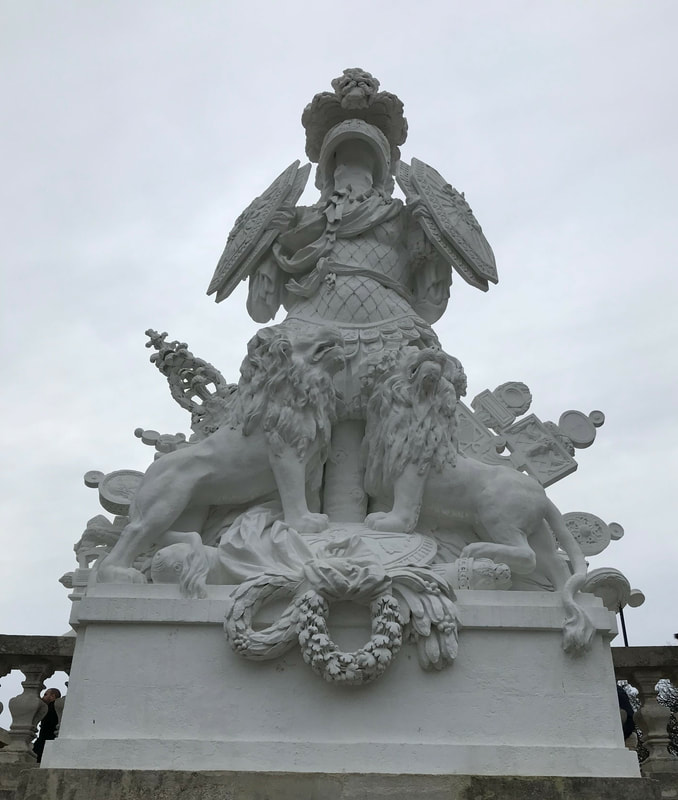
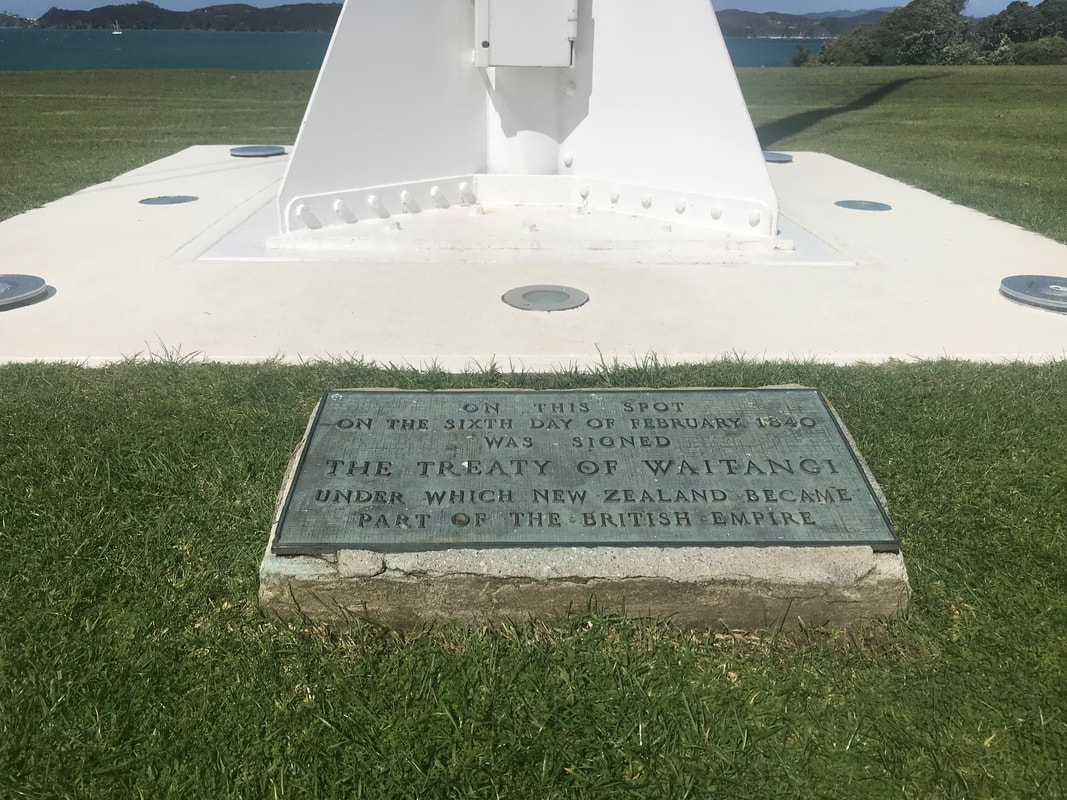
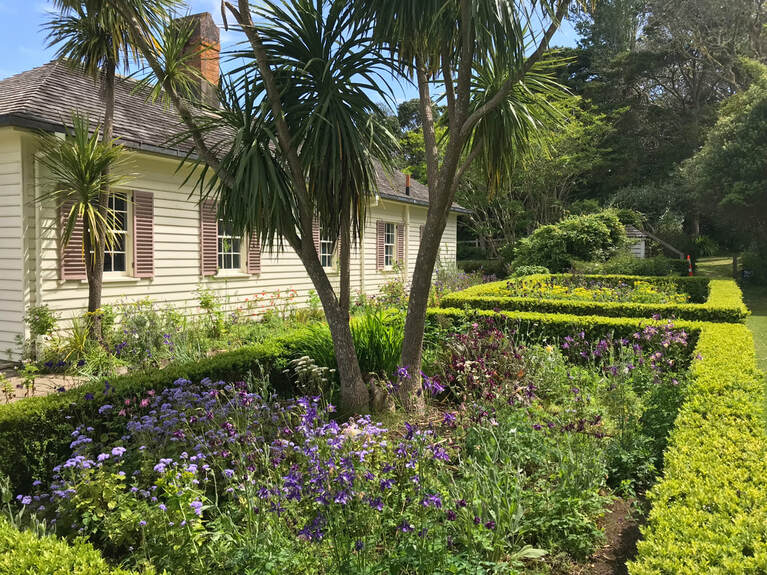
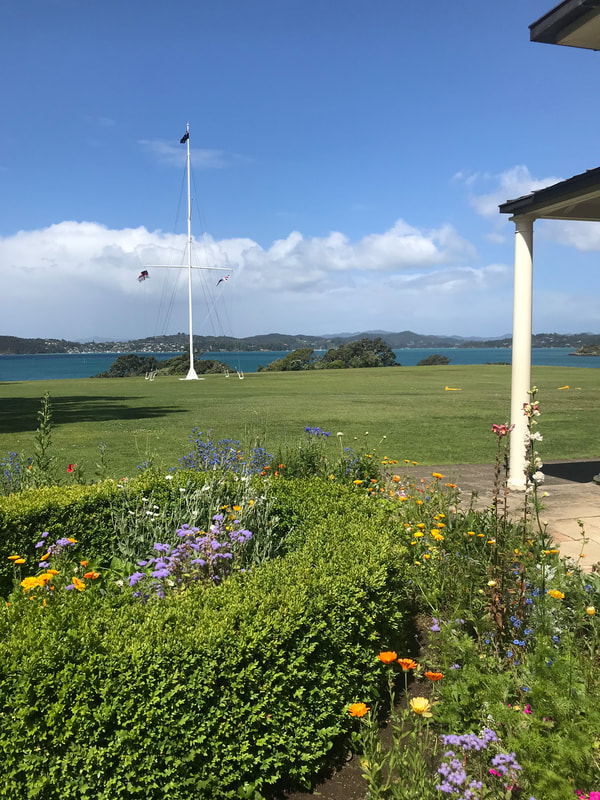
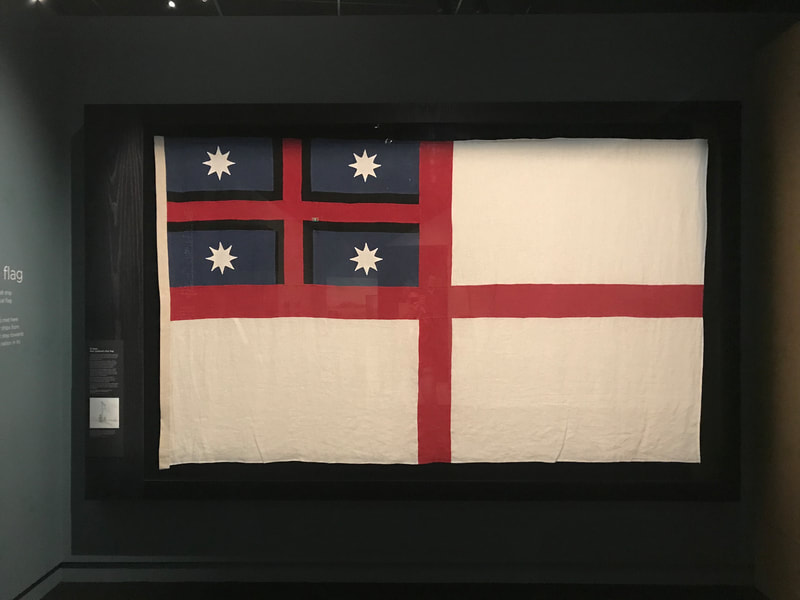
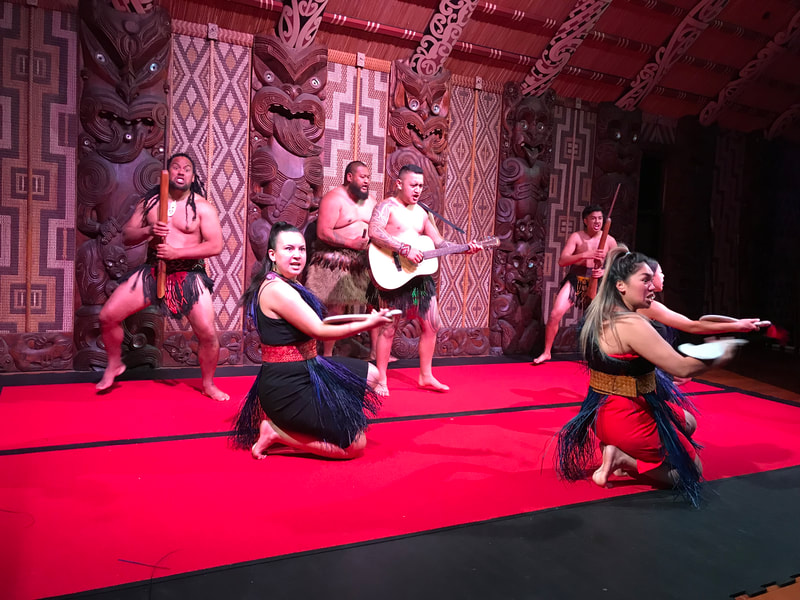
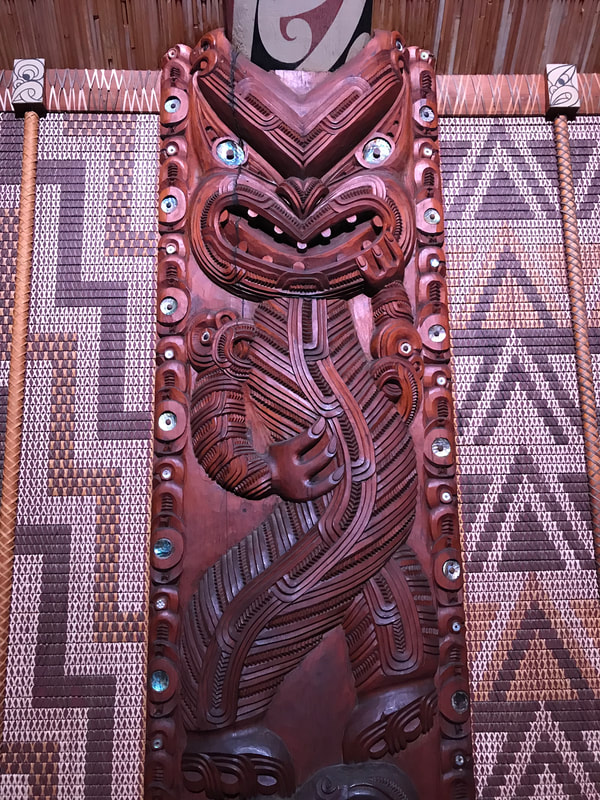
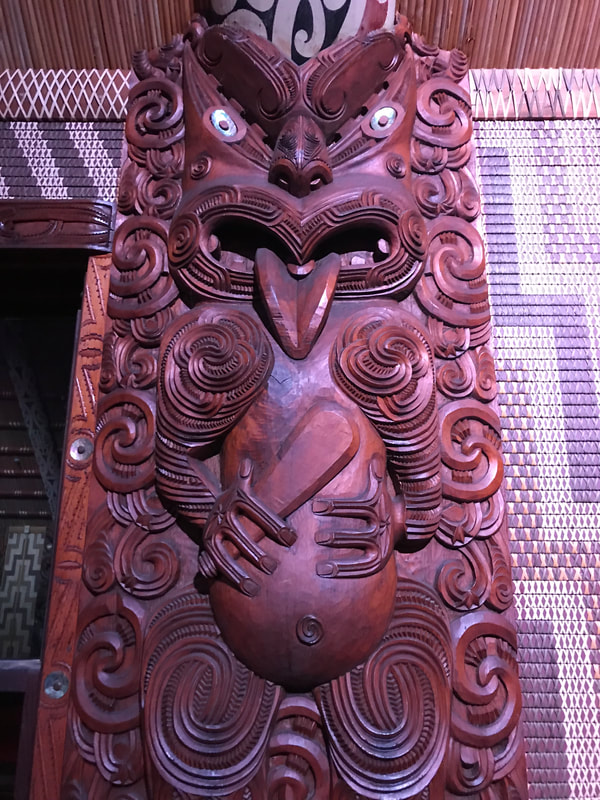
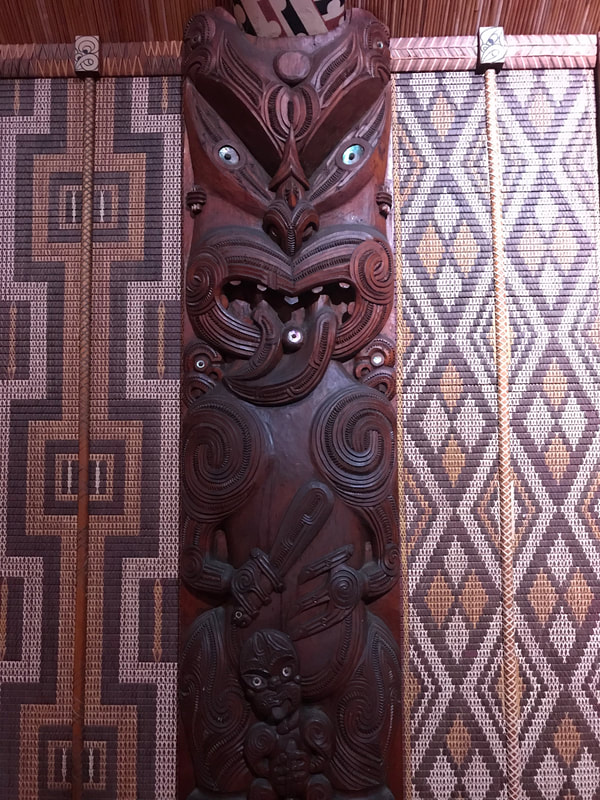
 RSS Feed
RSS Feed